1. Pretty Cartagena
Off the boat and on to dry land at Cartagena.
We followed Dónal and Rebecca to Casa Carmen just off the main track (Media Luna) in Getsemaní, and luckily there was a spare room for us. Getsemaní was once a no-go area but is now a flurry of bars, restaurants, boutique hotels and hostels. Its walking distance to the historic centre within the old city walls, and sits between it and the San Felipe de Barajas fort.
We met some others from the boat and wandered into the old town, sitting on the city wall to admire the sunset and then heading out for dinner.
The centre is idyllic for leisurely strolling in the hot & humid weather….
The next morning we wandered the streets, hit a modern art gallery, and generally admired the pretty plazas, the wonderful buildings and their balconies covered with bougainvillea.
And the knockers! What amazing knockers!
“I’m taking a series of pictures of knockers”
“Who doesn’t like taking pictures of knockers?”
“Are you taking some?”
“No, I’m committing mine to mammary.”
Seriously, the doors are so enormous that they had to cut out normal sized door holes for everyday use.. and they have great knockers… so I did a montage 😉
The fortifications at Cartagena are also impressive, the city wall, the canons, huge naval guns… it has had to defend itself against such “Pirates” as Sir Francis Drake.
Pretty similar the day after, wandered around and spent a while at La Presentación in the courtyard amongst modern and antique art exhibitions, learning español over a couple of Aguilas.
Like León, Cartagena has a great literary tradition. The Hay Festival is held here (it started the day we were leaving), there are cool bars in bookshops, big libraries, and a guy that changed his mobile food stall to a mobile library, hoping to encourage everyone to read.
Cartagena is very pretty, not what we had expected. We did also see snippets of the Colombia of legend, 9.30am one morning a dude introduced himself to us as ‘the boss of the city!’… “they call me Tony Montana”.
2. Spring-like Medellín
We nabbed a cheap flight (about £90 for 2) to Medellín rather than face a 17 hour bus journey for £30 less. Seemed fair. Arrived, got to our hotel and were sitting outside a local “hole in the wall” bar by 4pm, Pilsen (80p – BRRRill!) in hand. Imagine if your Newsagent put a grate across their frontage, and served through a little hatch.. but put tables and chairs outside and some TV screens showing football. That’s it. Simple, cheap.. but lots of Colombians of all ages were sitting out of an evening chatting, drinking Aguardiente (aniseed flavour liquor) shots and watching whatever game was on. Simple.
We were staying in the Laureles area, not the Poblado district where tourists flock. We wanted something a bit more real, a bit more local.. (and cheaper, of course). As it turned out, our hotel was great (a little business hotel) and right slap-bang in the centre of bars and nightclubs. Colombians like to salsa, to fiesta, and their football. We didn’t quite make it to any salsa bars, but we heard them all roaring with a busy crowd until 3 or 4am.
Not sure why we didn’t make it out. Partly it was feeling absolutely knackered, I guess not fully recovered from scattered ‘sailing sleep’. Partly it was probably because it was on our doorstep, we could look out of the window at the bars and feel we didn’t need to actually be in them. Cheap way to soak up the culture I guess!
Medellín is a thoroughly modern city. And the weather is like London in Summer (cool evenings, warm days with scattered clouds). It felt strangely familiar. I awoke on a couple of occasions wondering where on earth I was, which hasn’t happened for a while. I guess I was expecting to be at home in that environment, but feeling displaced.
The city is in a huge valley, surrounded by mountains, and it spreads its tendrils up the sides of the hills to quite some height.
There are a few cable car lines to connect these higher and more remote areas, which tend to be favelas, in a commendable move to enable the poorer residents to access the jobs in the city proper. We rode one cable up to Santo Domingo, which didn’t seem at all poor to us – more amazing because of the number of houses upon houses banking up the steep slopes. Must be hell to lose your football playing games in the streets with your mates.
We took a look at a lovely plaza featuring a lot of Botero statues (Plaza de Botero, naturally).
Other than that, we took some time for ourselves, caught up with the blog, and watched the world go by at our local ‘hole in the wall’ bar.
“I just saw a man carrying plumbing bits”
“Really? Like what? Did you see his plunger?”
“No, taps, pipes, plugs..”
“Stop cock?”
“Oh, well you did ask!”Reading to Jim… “Happiness is not a destination, it’s a journey. Happiness is not tomorrow, it is now. Happiness is not a dependency, it is a decision. Happiness is what you are, not what you have.”
“Happiness is silence….”
Musings on travelling. It is just incredibly easy. Days just drift by, filled with something interesting to do or see, and researching the next move and the next interesting thing to do or see. It is remarkable how little time you feel you actually have. But of course, if you want to relax or simply sit back to ruminate & appreciate, I suppose a ‘day off’ … you just do it, no questions, only the pang of guilt that things are being left unseen on your journey. There are no appointments, no dressing up, no make up, no alarms, no shopping (unless, like Jim, you intend to buy as you go). Someone cleans your room, someone washes your clothes, someone normally cooks your food. The only challenges are finding healthy food on a budget, budgeting, and time with decent wi-fi to research/book/buy etc (if you want/need to make things easy rather than chance it). Homesickness or distance from home isn’t a “thing” anymore. Whatsapp and Facetime is all you need to feel close. You have to purposefully seek out “remote” these days, if that’s your thing. The (Latin) World is pretty much at your disposal if you have some savings, a computer, some pigeon spanish and no job.
3. Bogotá.. “The Freezer”
We took an overnight bus from Medellín to Bogotá (8pm-5am). Shame not to see the rural areas and mountain passes of Colombia as we drove through (it being dark), but it does save a night’s accommodation costs. We were a bit overexcited by the luxury option – big seats, TVs etc… 70,000 COPs each (about £20).
Nice room in The Book Hotel, booked on the cheap via Hotwire. We’re in Chapinero, again not the main tourist area in the old town of Candelaria – but safer, more Bohemian, and more locals. And we have a fridge.. so its Philly Sangers again!
Spent a day walking around and doing mall shopping… guess its part of life here. We needed a rain jacket and long-sleeve top for Jim as its chilly, about 16 degrees. Its true what they say about 4 seasons in a day – it will be rainy and cold, then windy and warm, then the sun will come out and the temperature is suddenly 26 degrees.
Strange architecture – mostly modern city (CBD skyscrapers, big apartment buildings, often Haggerston-esque), but there are distinctly European style buildings in northern areas – it can look more like Hampstead Garden Suburb. Yet to find out what influence this is derived from.
Ate an amazing lunch at El Ingles Pub – it has rave reviews on TripAdvisor so we succumbed to a taste of the familiar. Steak and Kidney pie with mash and veg, and Fish n Chips. So satisfying! Salivating just thinking about it! We also revisited at the weekend for a roast… words cannot describe a. how tasty it was (not perfect, but near enough) and b. how full we were after the roast and pudding (sticky toffee pud / apple crumble). Waddled home.
All that was left after lunch was to watch a movie and snooze! Bit like Christmas Day. We watched “How to Train your Dragon 2″…
“What would your dragon name be, if you were a dragon?”
“Scaly Forehead or Fiery Breath”
“Thorny Attitude?”
You can tell us your Dragon names in the “Comments” at the bottom of this post!
We took the funicular railway up to Cerro de Montserrate for wonderful views of the city.
Walked down and around Candelaria, stopping for an empanada and coffee with the students (multiple universities in this big city).
And we visited Museo del Oro and got the audio guides.. it was a bit of a surprise how good it was! We spent about 2 hours looking at everything. The surprise is firstly the amount of gold, especially as most antique gold artifacts were melted down by the Spanish. There must be a good proportion of the World’s gold here! There is a multitude of items to adorn the important in ancient times (roughly 500 B.C through to 1500 A.D.) – crowns, huge nose rings, earrings, breast plates, cuffs, necklaces.. hundreds and thousands of them. There are ceremonial items to adorn Shamans, or assist in their trance and transformation into animals – figurines, items to help them imbibe drugs. There are items to take the dead to the afterlife – death masks and prized possessions. There are symbolic items representing the cosmic balance of the World – Middle, Upper and Under Worlds. Its a great insight into the development of human skill, the culture of ancient societies, their beliefs and their way of life. Gold did not have economic value, it was of ceremonial and symbolic importance. Goldsmiths were revered like Shaman, such was their knowledge of metals and talent in shaping it.
We walked all the way home from Candelaria (+3 miles) – through tat shops and mini-malls, through downtown with its wider spaces but bigger business buildings, and finally to our suburb. The city doesn’t really have any redeeming features, its a big, sprawling, dirty urban mess. People aren’t as friendly here, perhaps its that big city condition that makes people more insular when surrounded by too many others in close proximity. But the walk was nice because it was the one day of the year when cars and motorbikes weren’t allowed in the city. They are trying to see if they can do something to tackle pollution, which is admirable, but it would seem that all they need to do is upgrade the fleet of buses kicking out disgusting fumes. Really bad. Still, hundreds of people on the streets walking, and cyclists in the empty roads – it felt nice to be out walking with everyone.
Other musings on essential travel gear for “Champagne Backpacking”:
Dos
- Mobile Phone: the absolute most important item when travelling is a phone. Maps, translate, apps to learn languages, Skype calls, Photos etc
- Pen knife: spreading philadelphia, and slicing fruit
- Closeable Pockets: clothes with zips or buttons are really useful for cards, money, change, hotel key etc when you don’t take a bag out
- Back up charger: useful if you don’t have access to power
- Rucksack 50L: lightweight is more than sufficient, and detachable day pack is handy for short treks, carry-on etc
- Double Adaptor (Satechi): useful to charge multiple devices from one socket
- Wet wipes! So handy
- Head torch: useful when countries quite regularly have power cuts, which is more often than you’d imagine
Wish We Did
- Spork: I couldn’t understand why this would be useful, but “Melon Spoons” taught us a lesson! Useful to have something to eat yoghurt / cereal etc if not provided by your hostel/hotel/B&B. Plastic bowl would also be ace.
- GoPro (as below)
Wish We Did Not
- Decent Camera: tend not to take it out as bulky or likely to be stolen. Wish we’d bought a GoPro instead, especially to capture underwater shots. A camera phone is normally adequate for ‘memory shooting’… obviously if you’re a serious photographer its different.
- Water bladder: not necessary if you’re not doing any serious trekking/hiking. Just buy bottles of water.
- Hiking boots: lightweight trail runners are fine for most hikes
- Smart shirts: you’re not going anywhere you’ll need them, you can’t afford it
- Universal sink plug: its is not ‘universal’, maybe in a parallel universe but not in this one!
- Phrase book: Google translate, end of
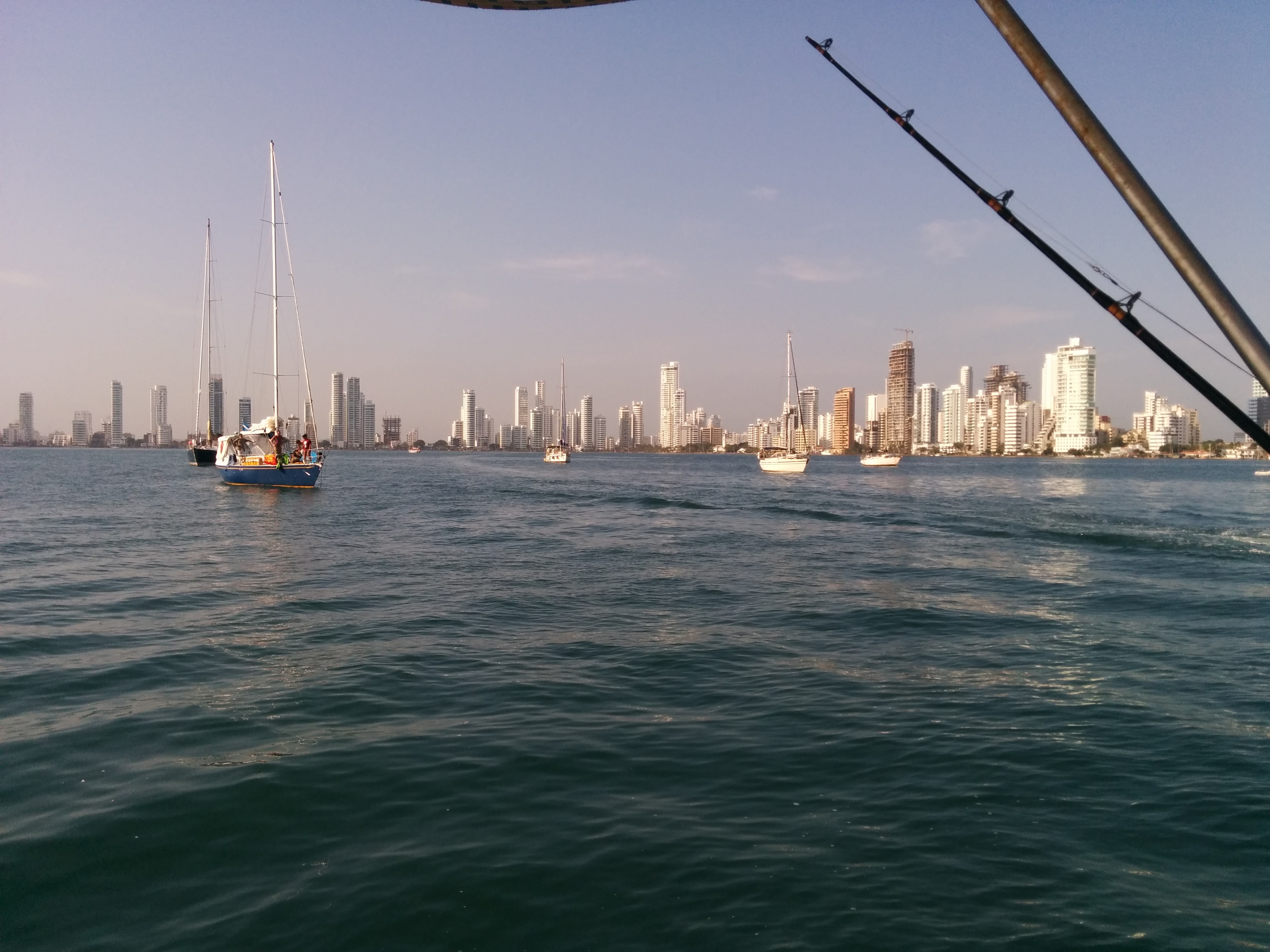
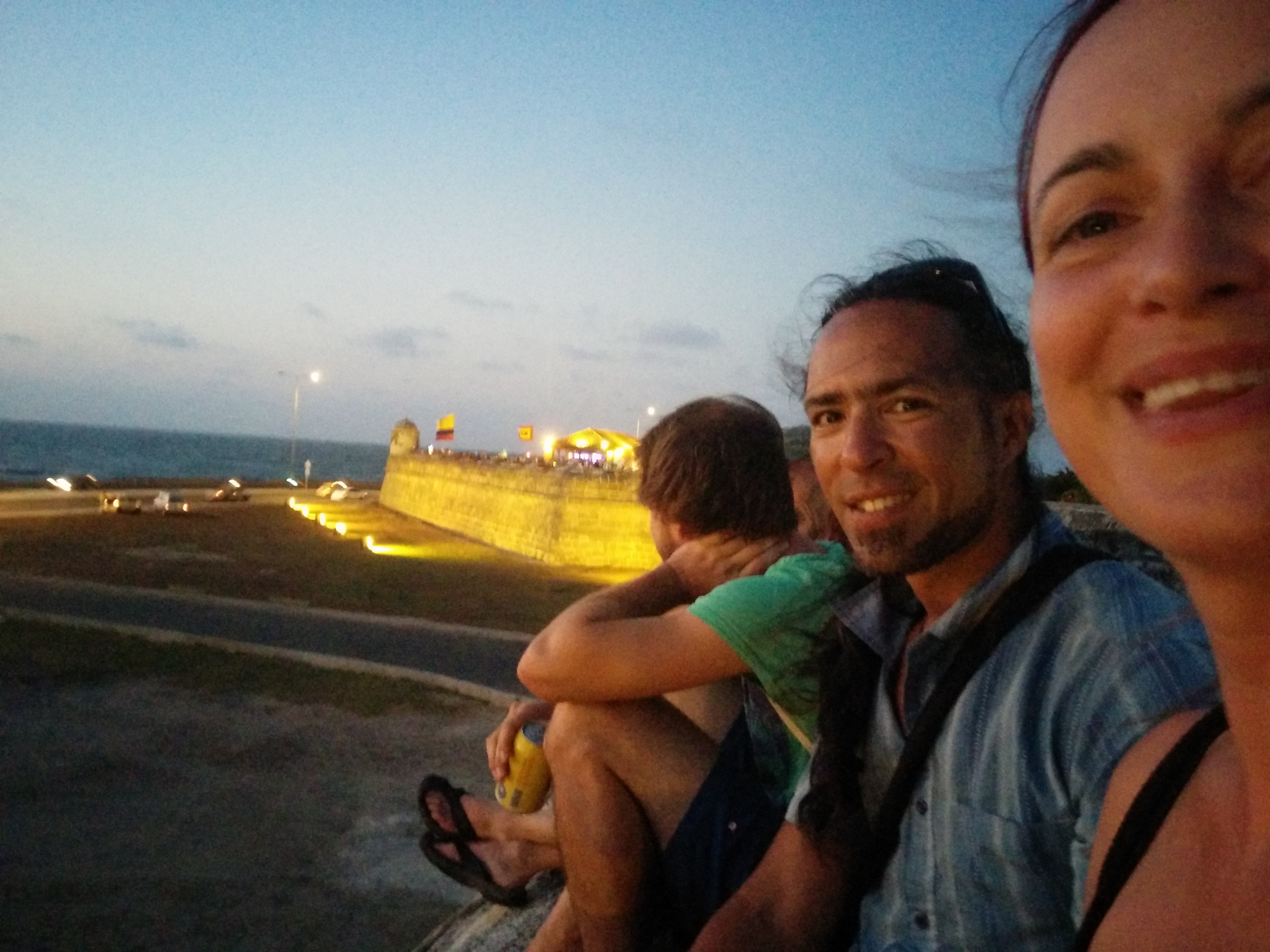

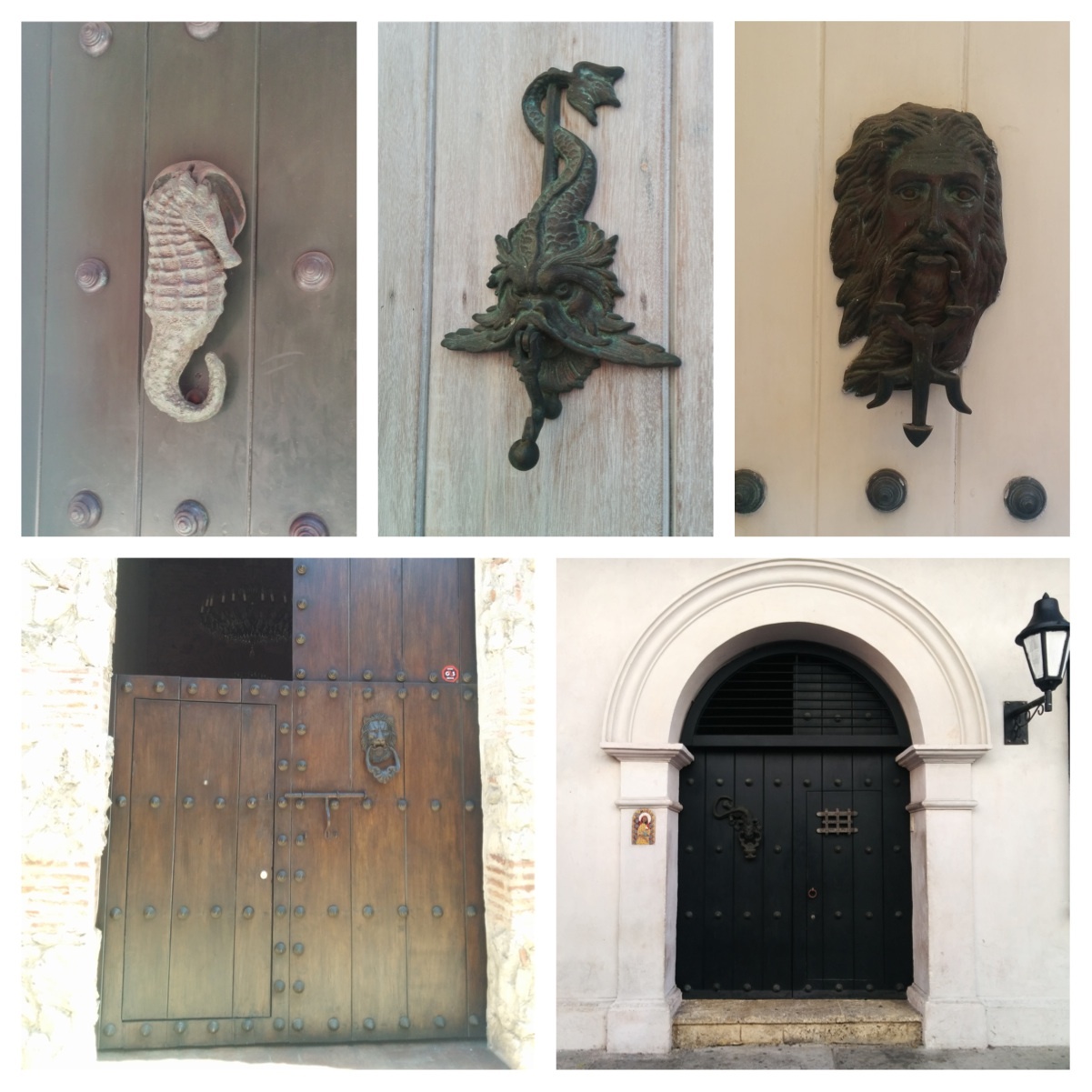
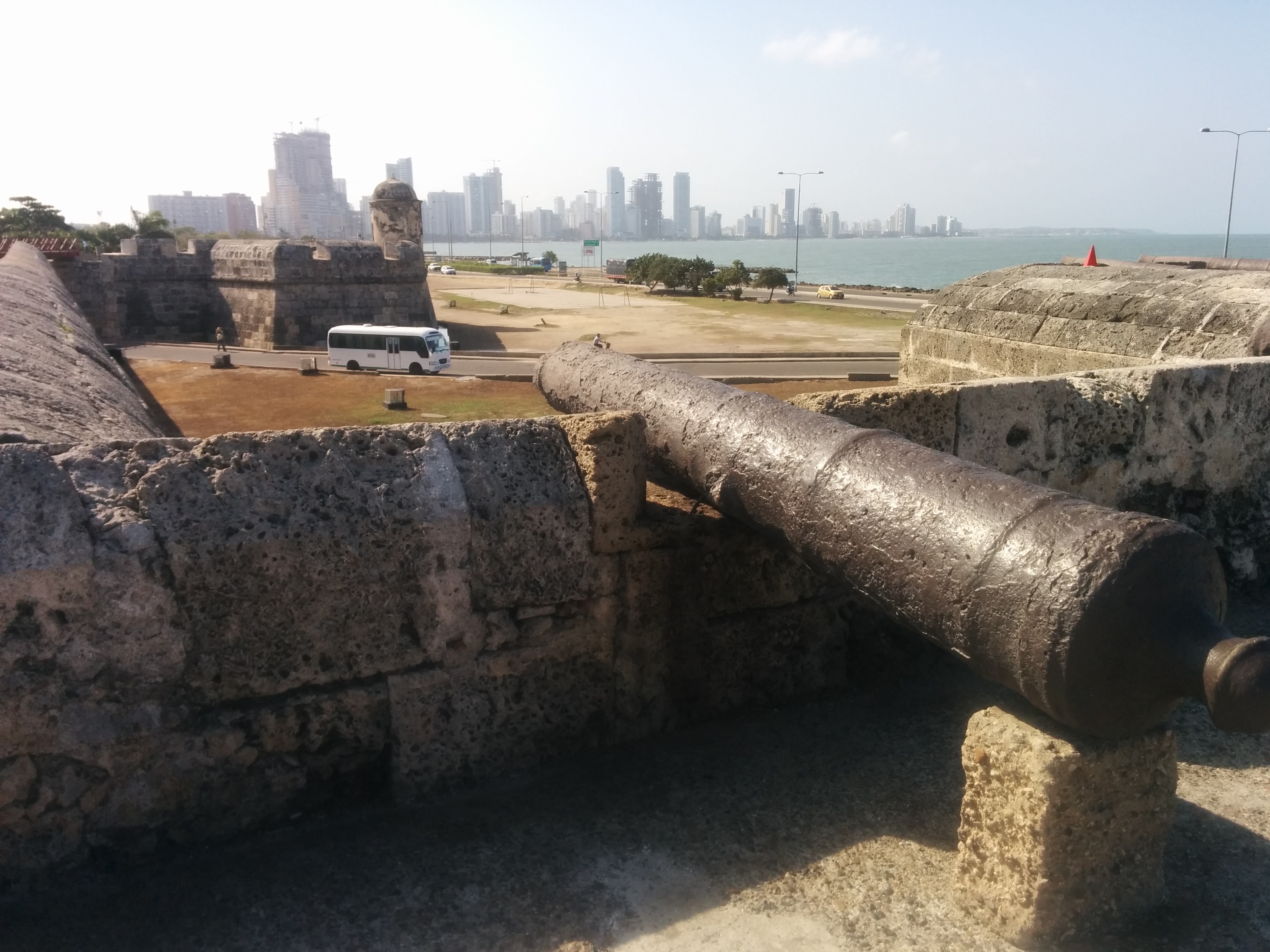
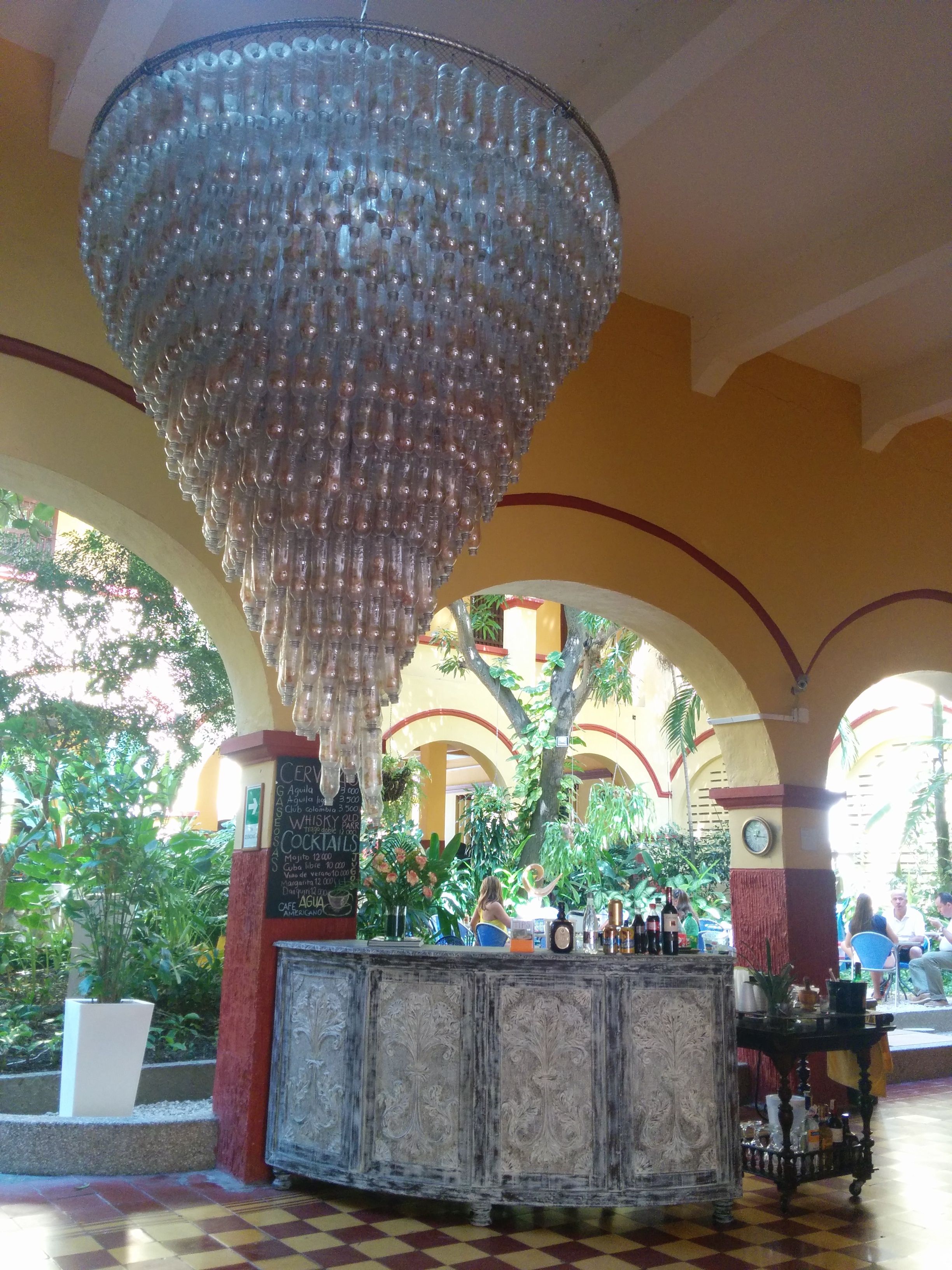

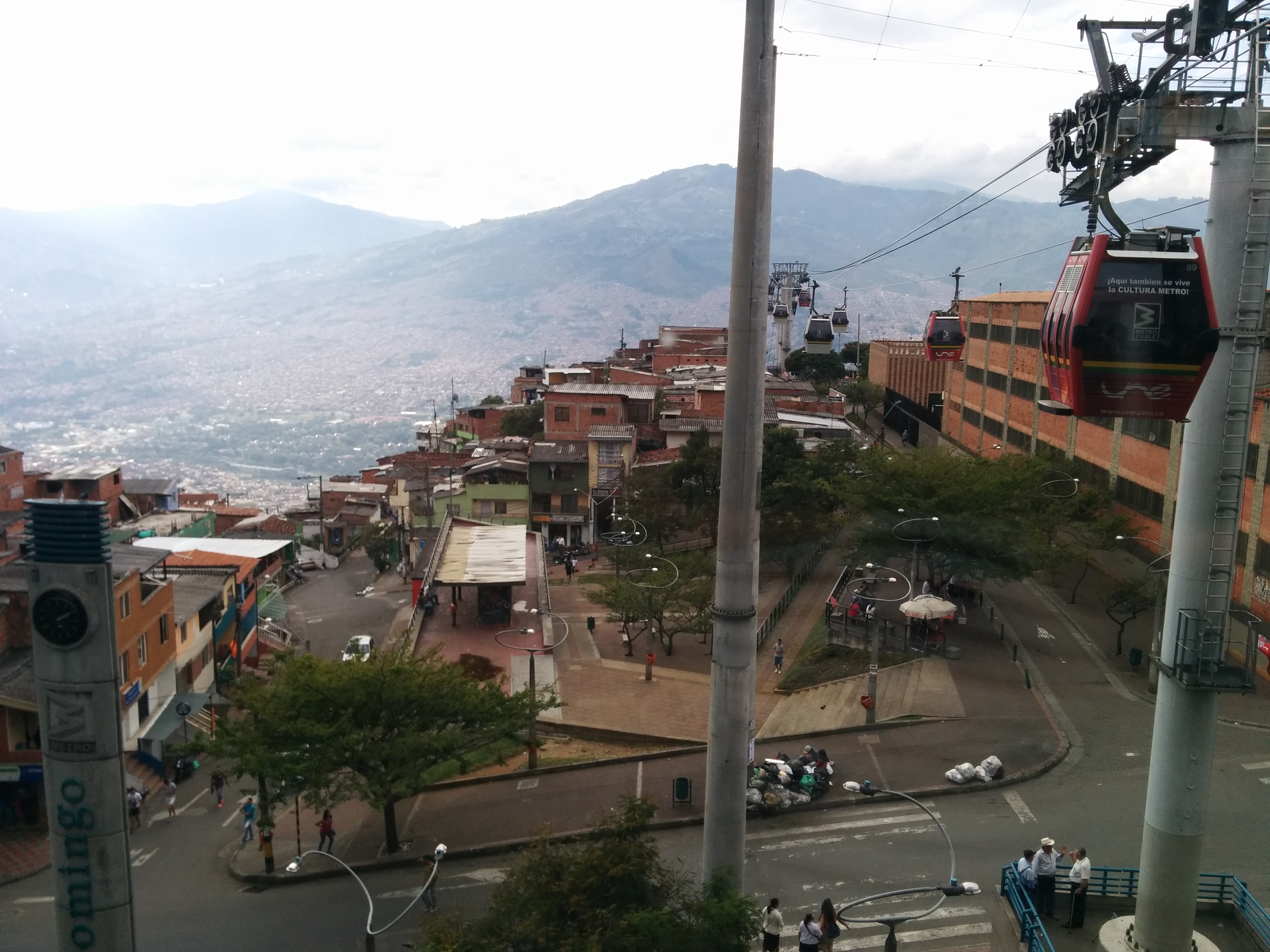
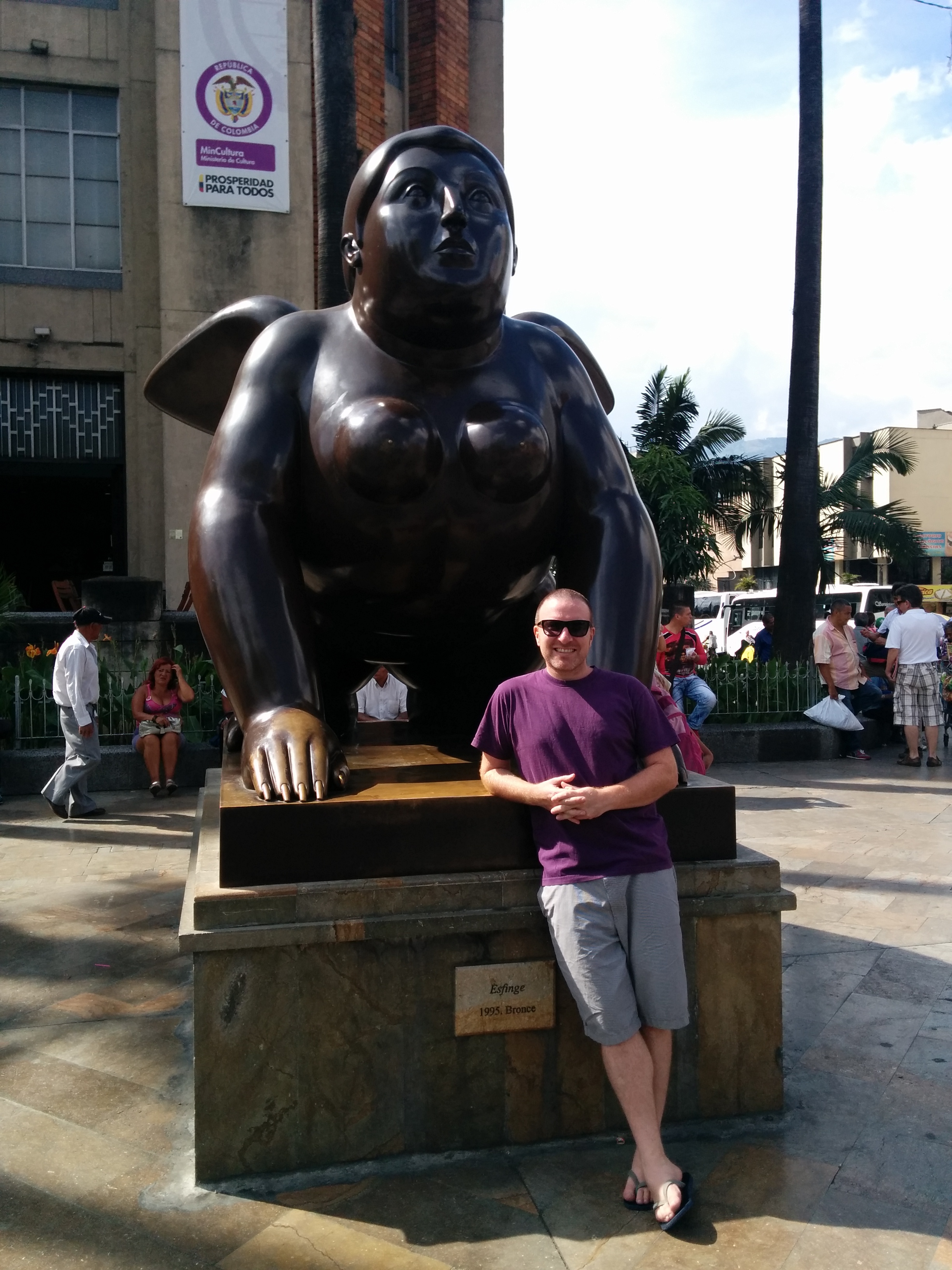
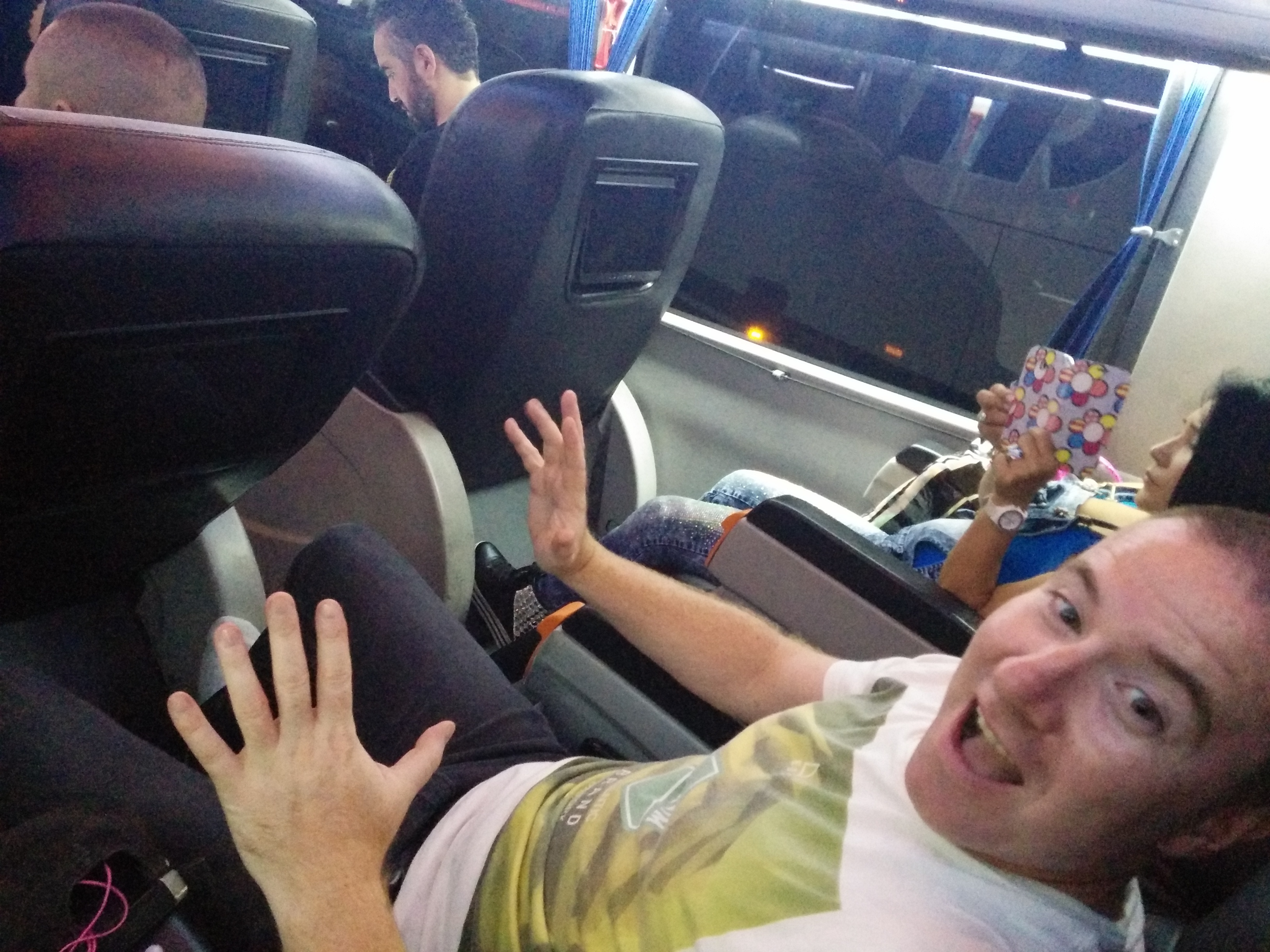
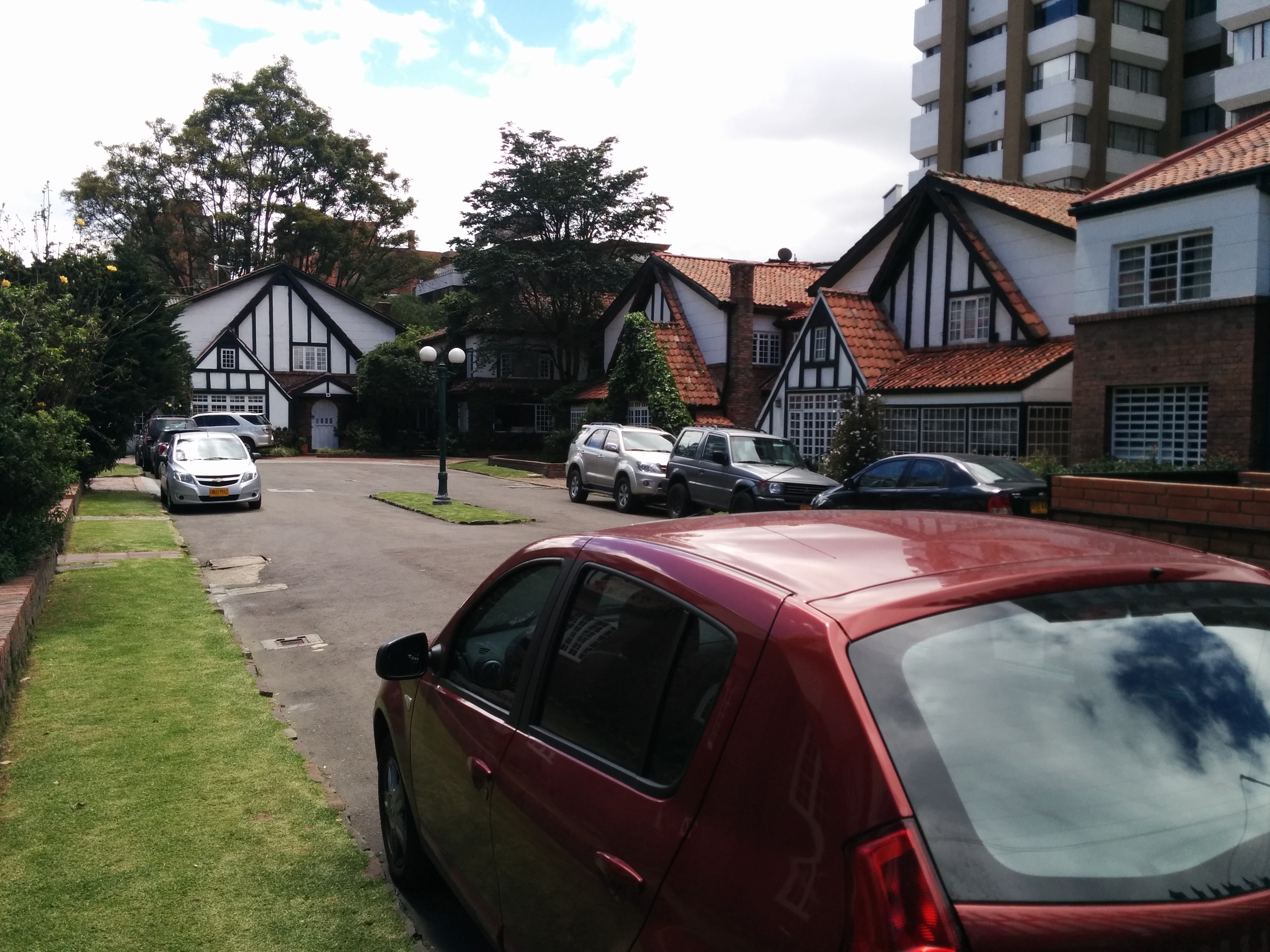
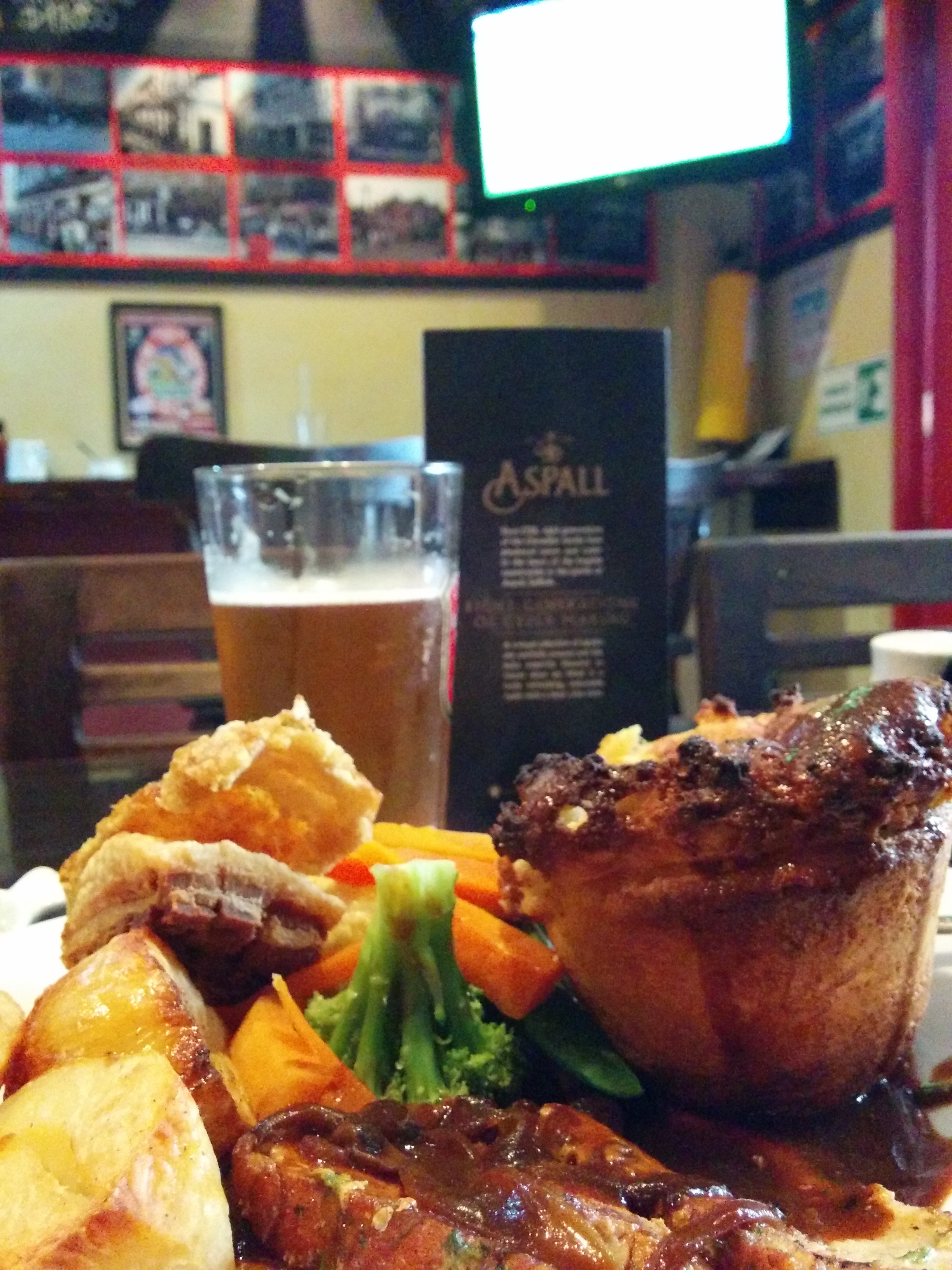

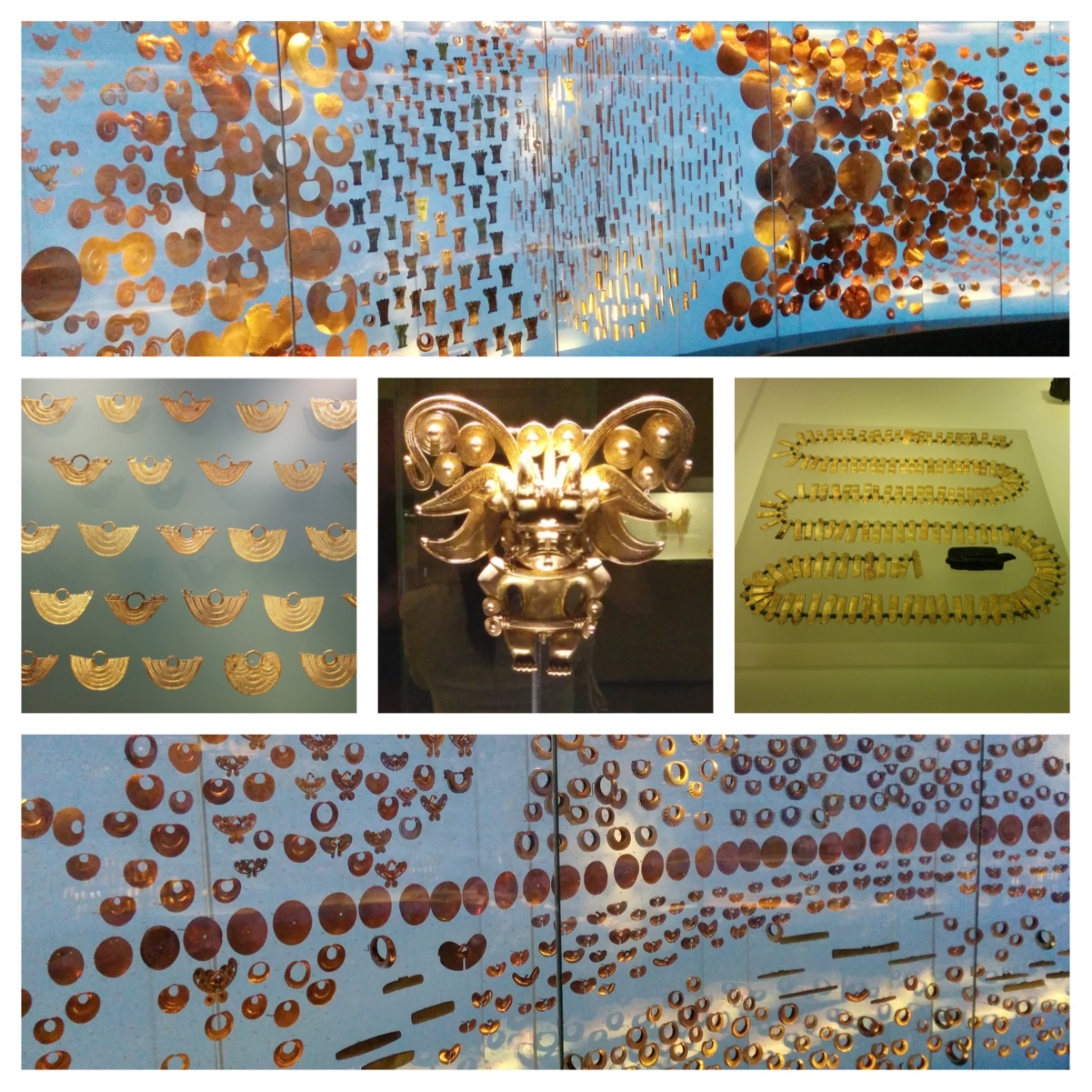
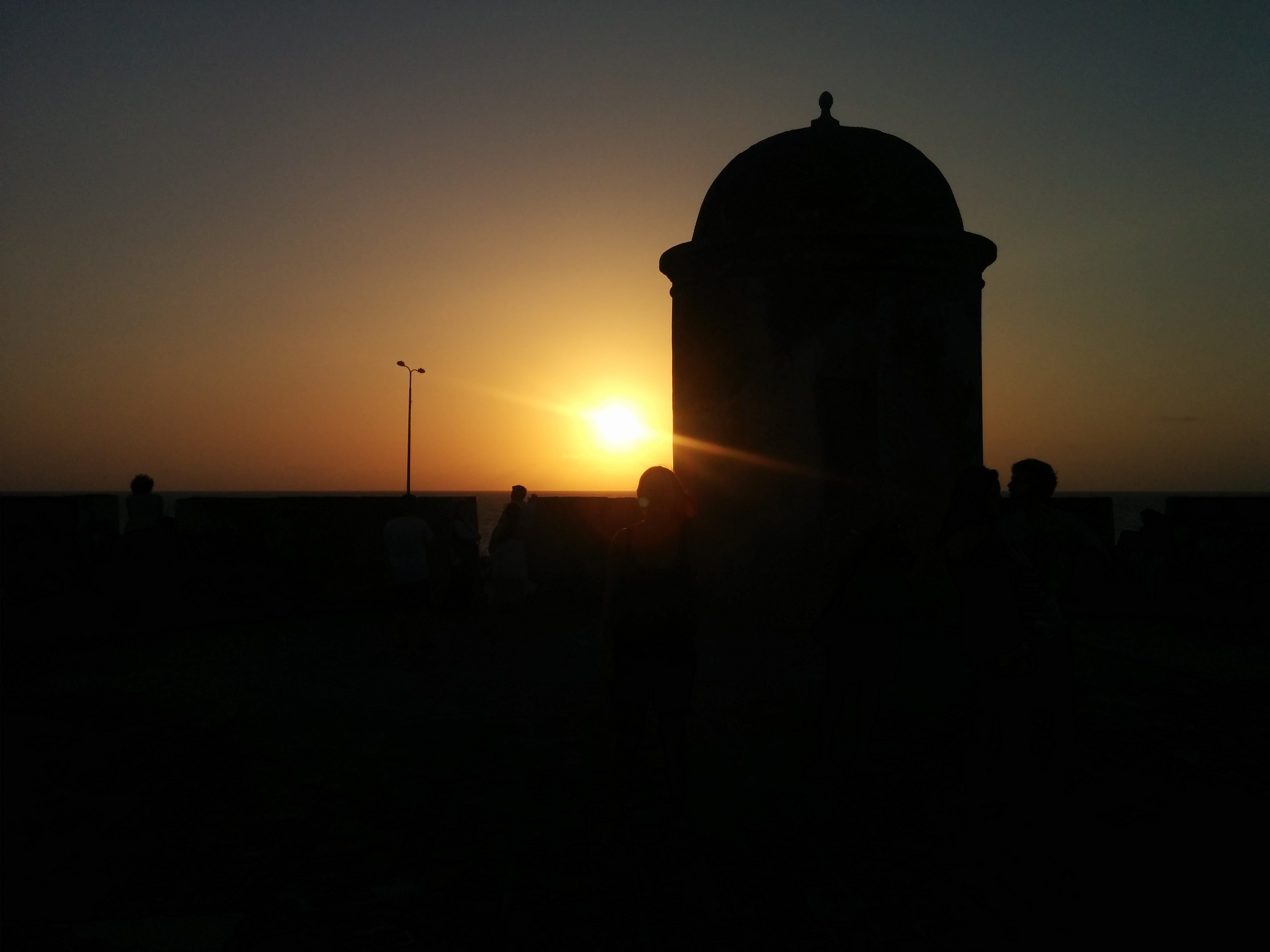
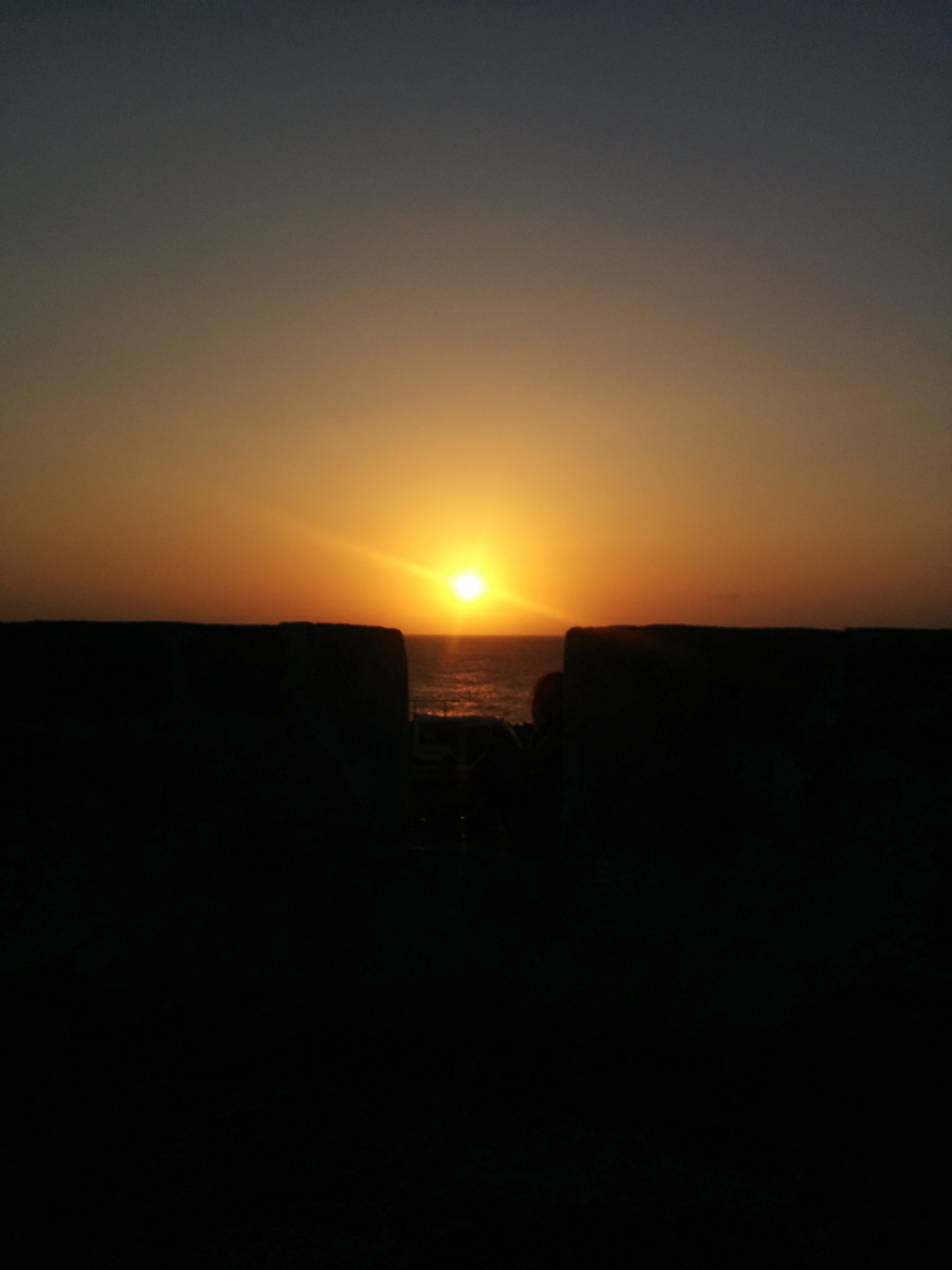
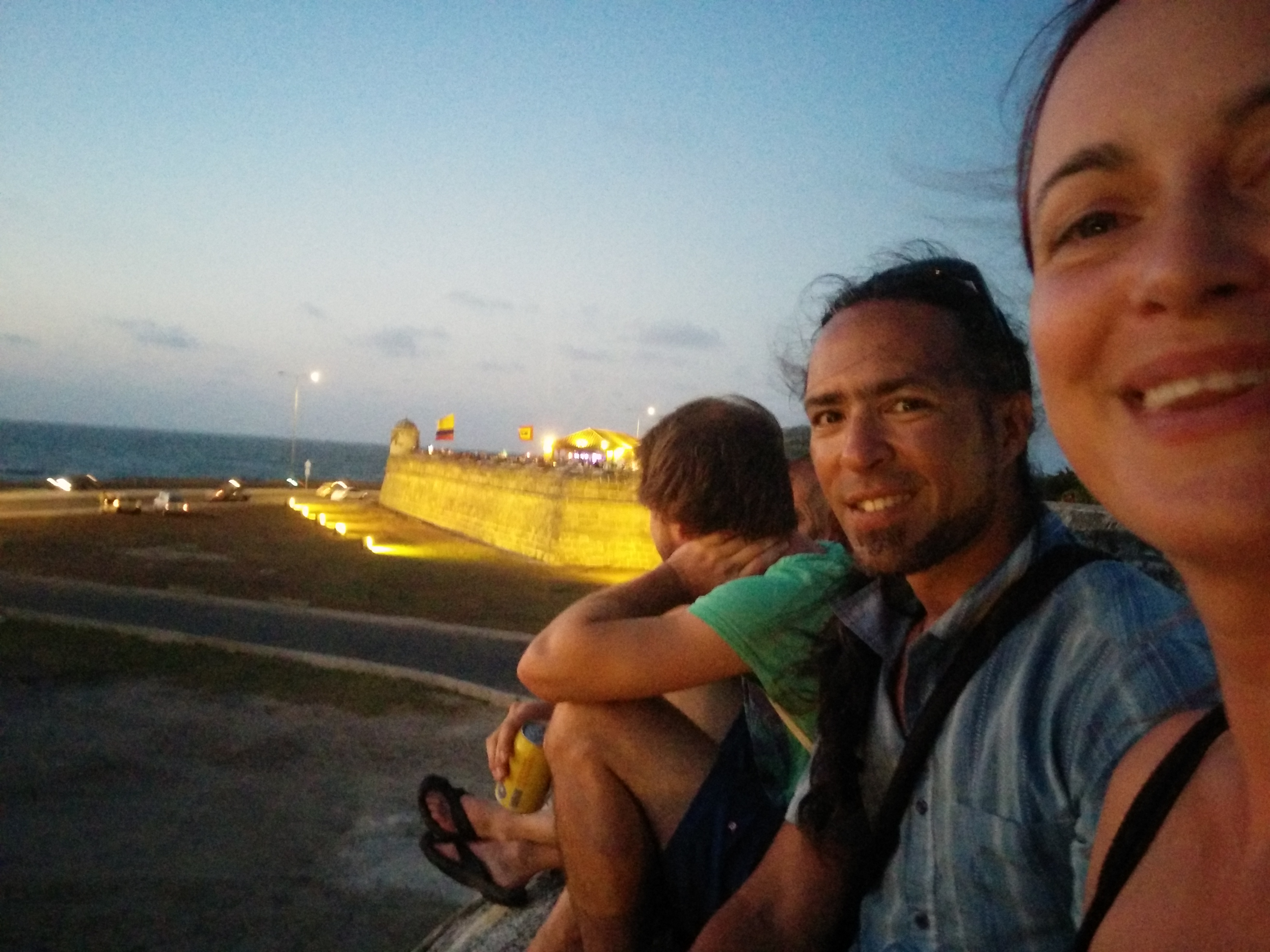
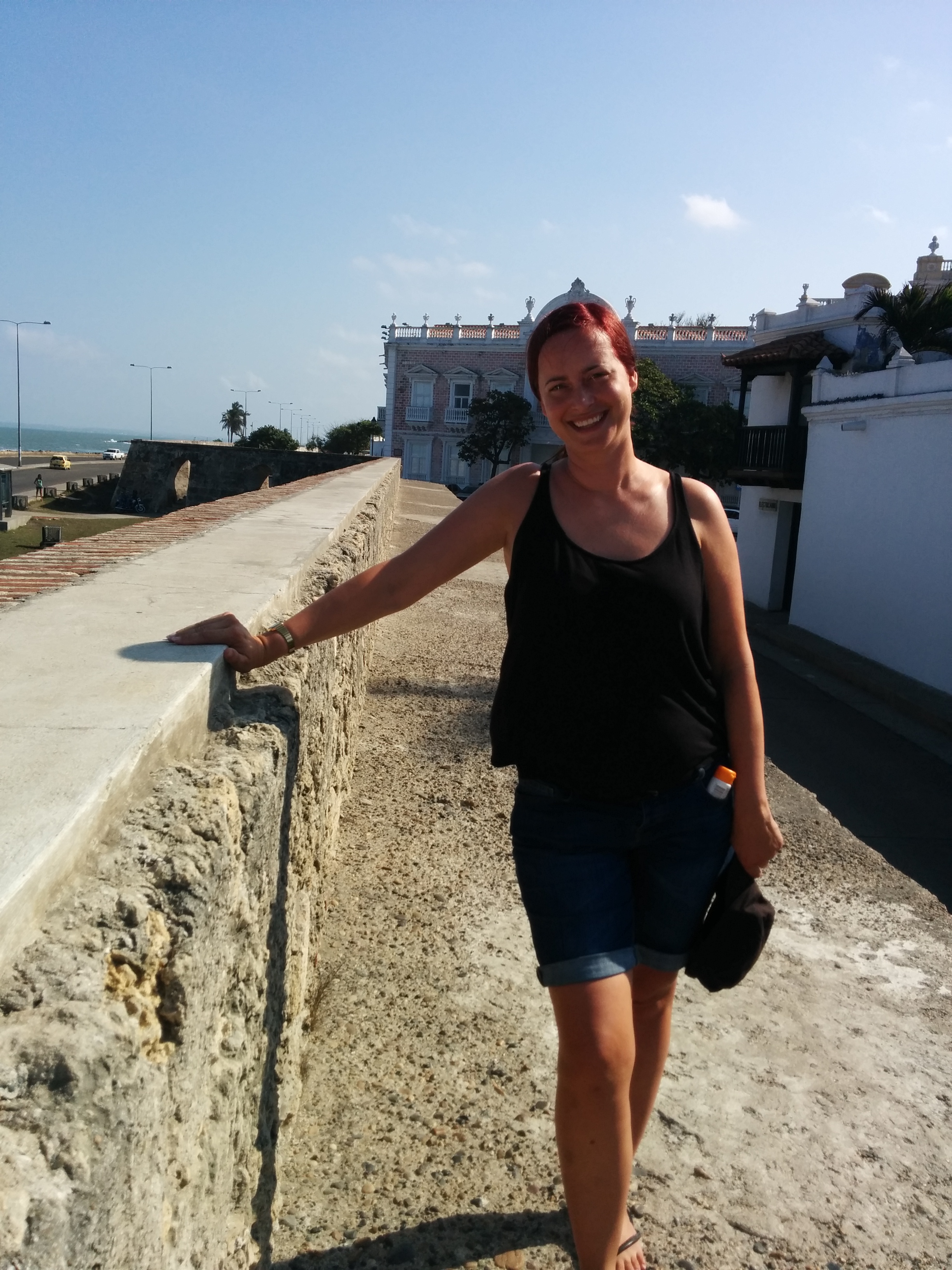
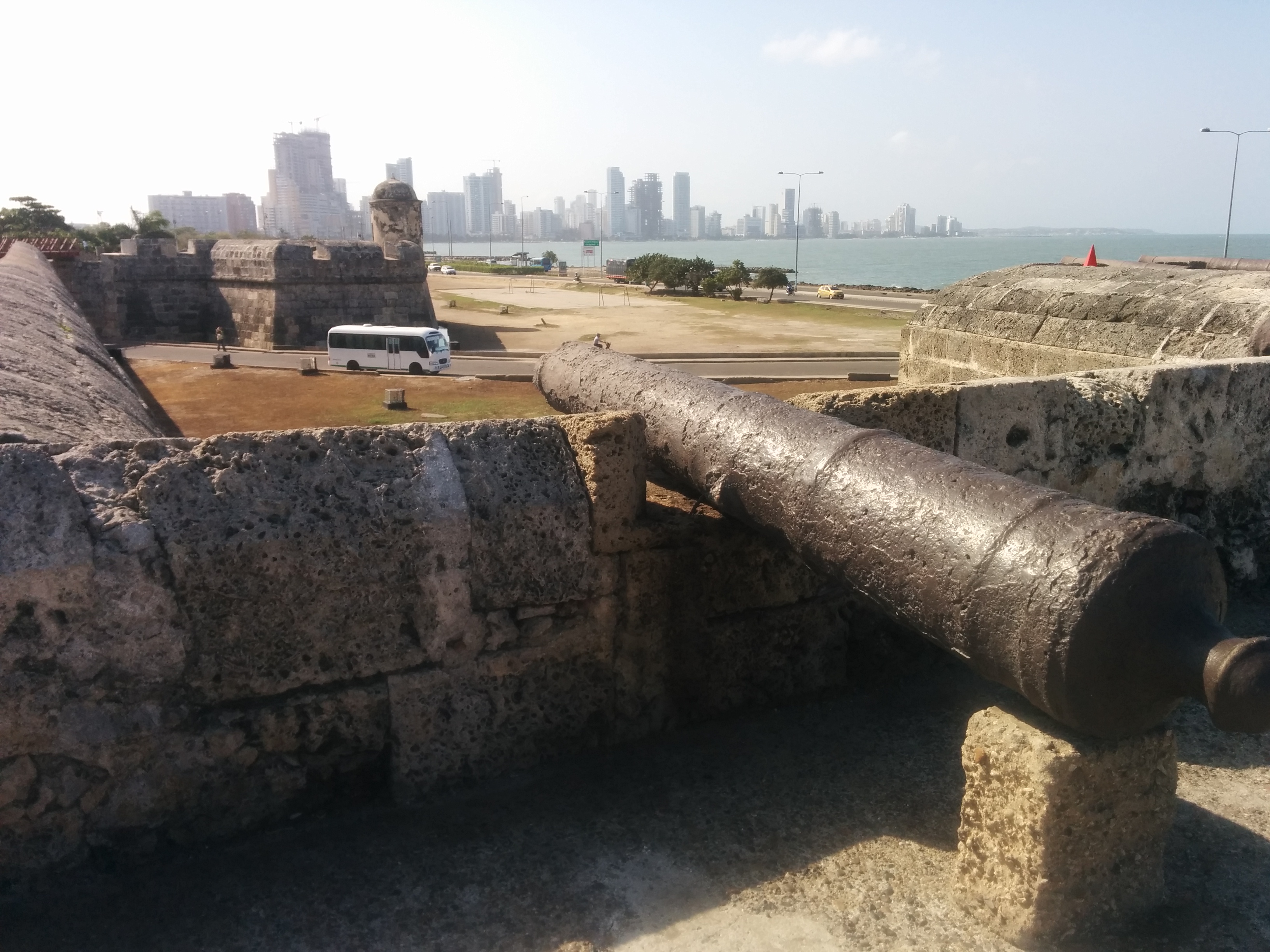

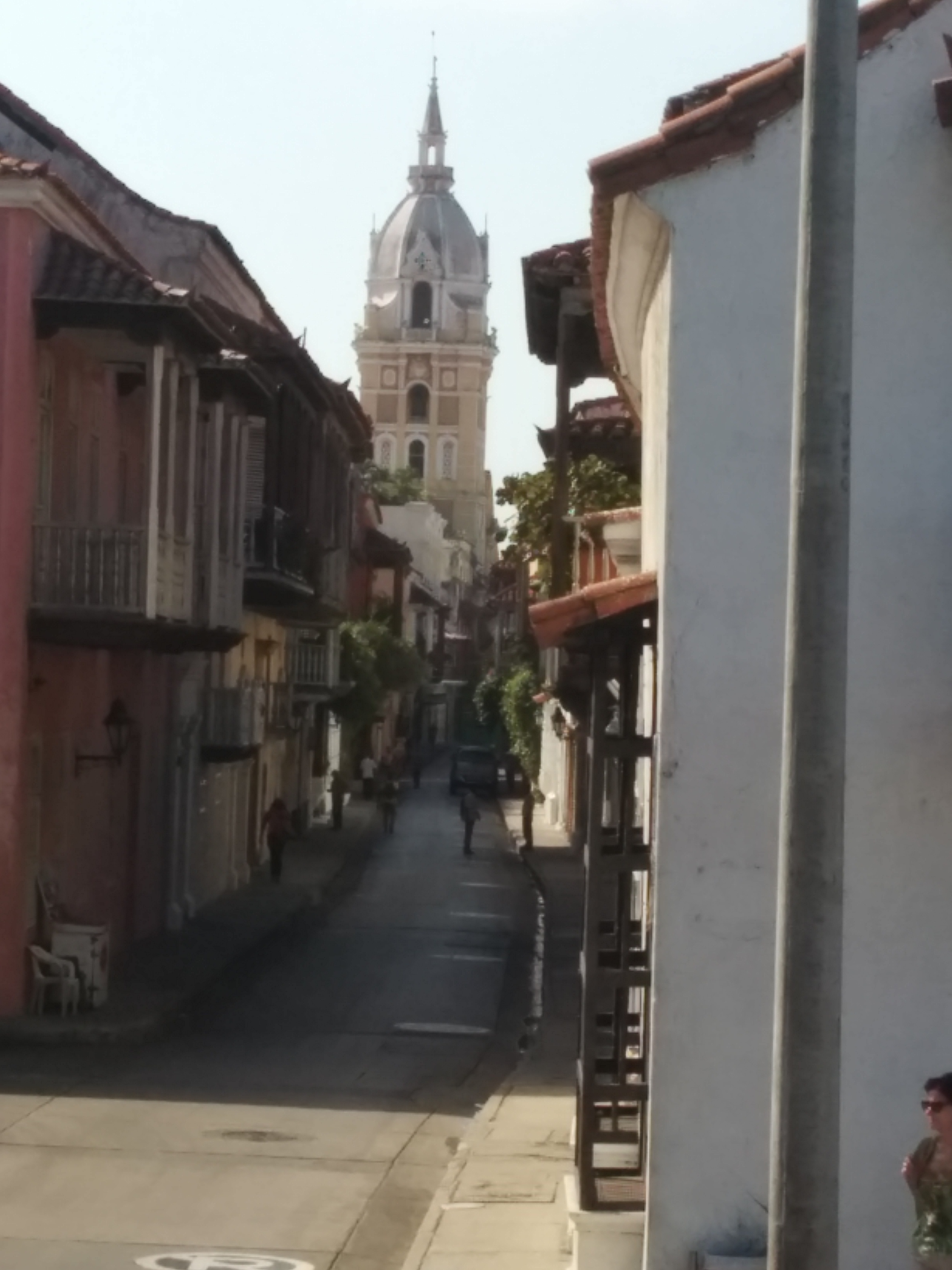


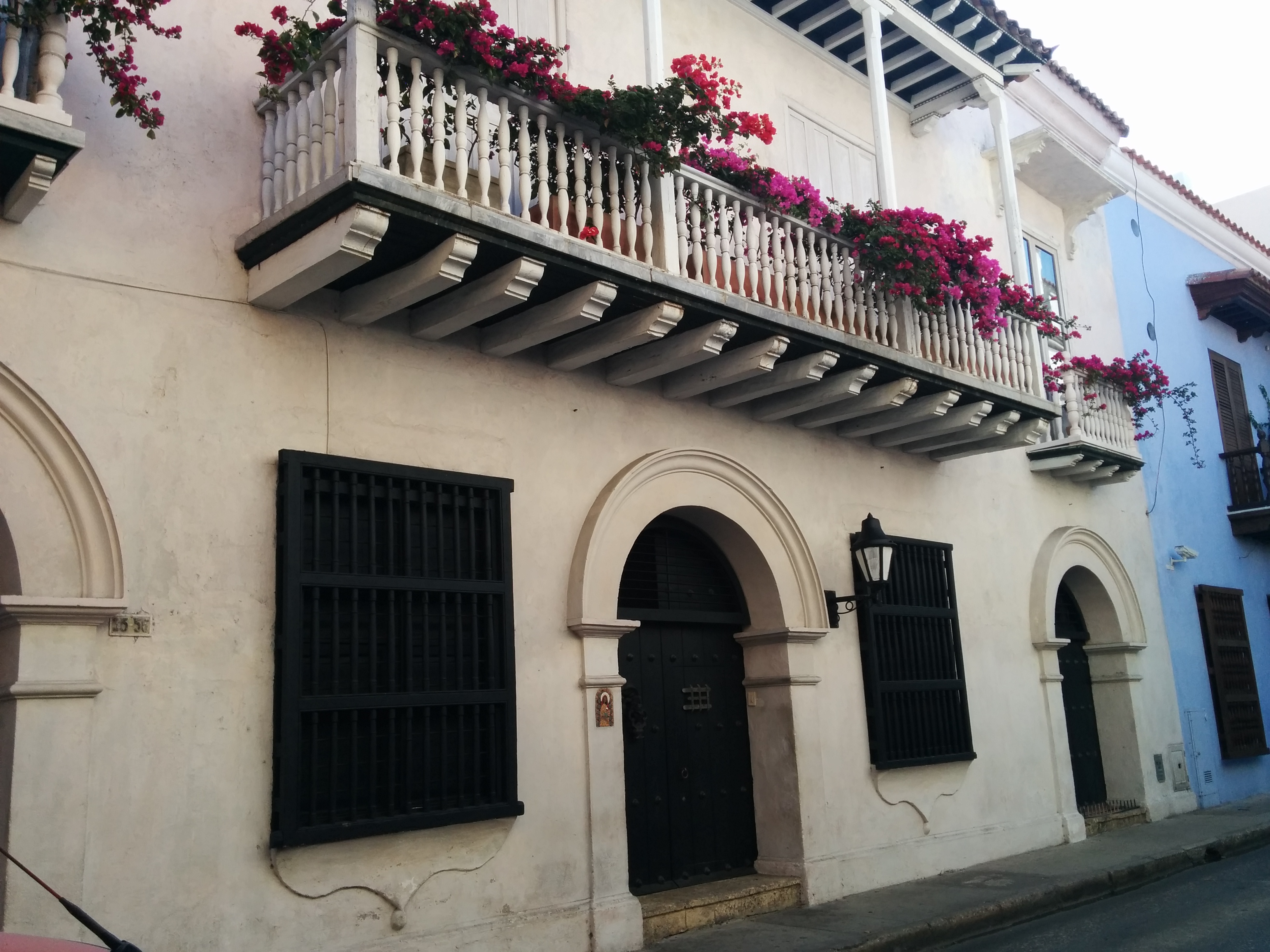








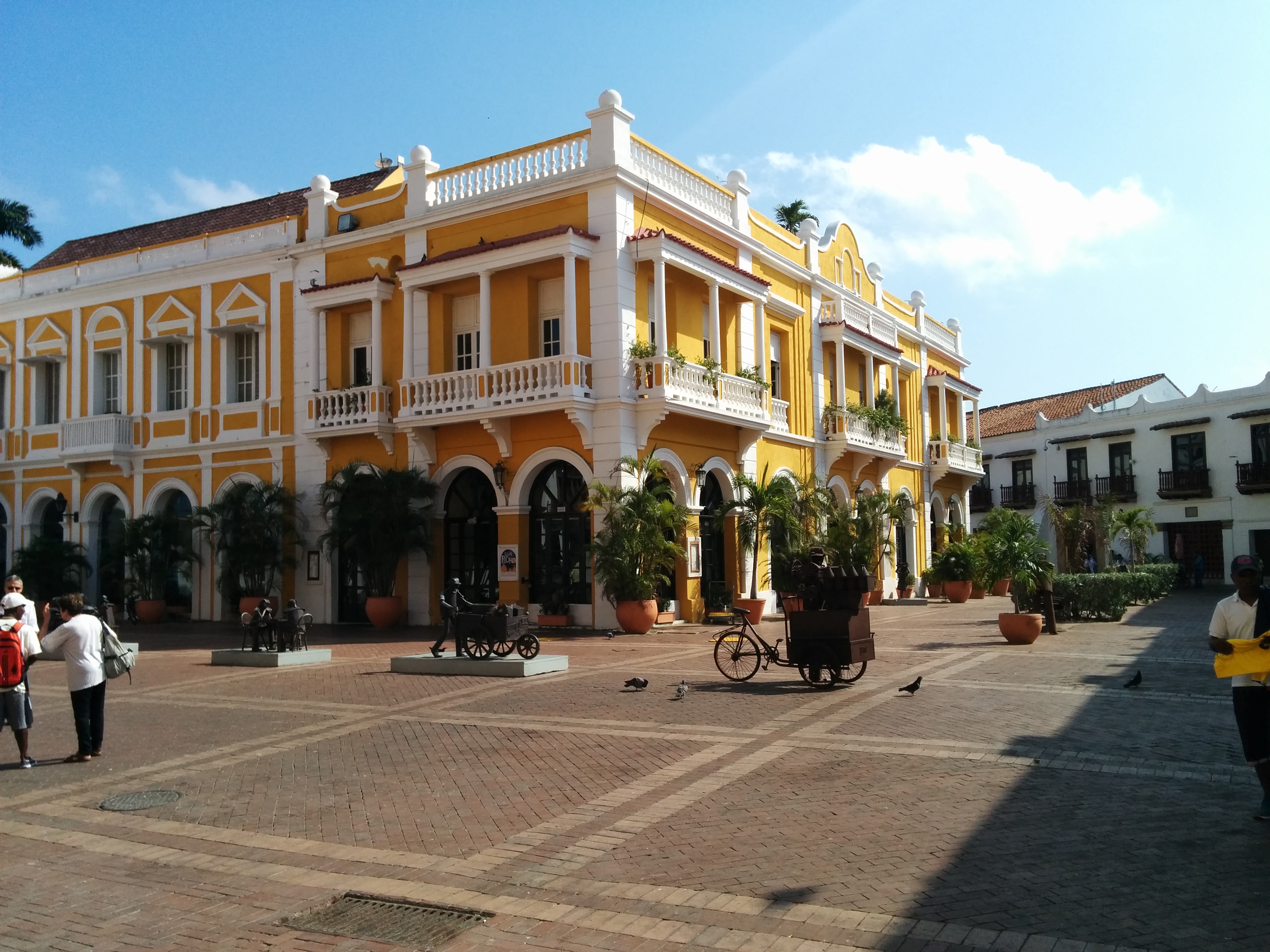
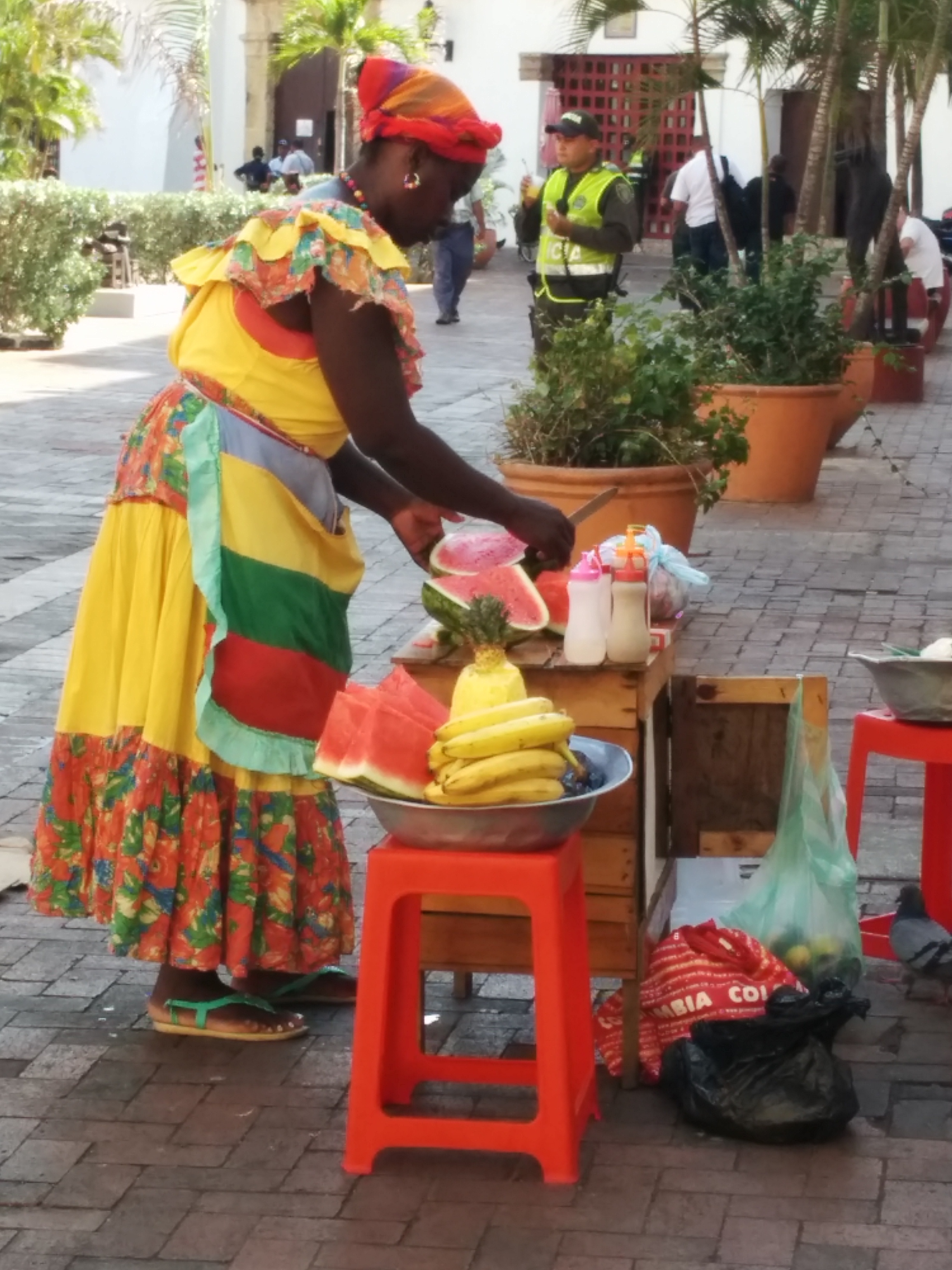
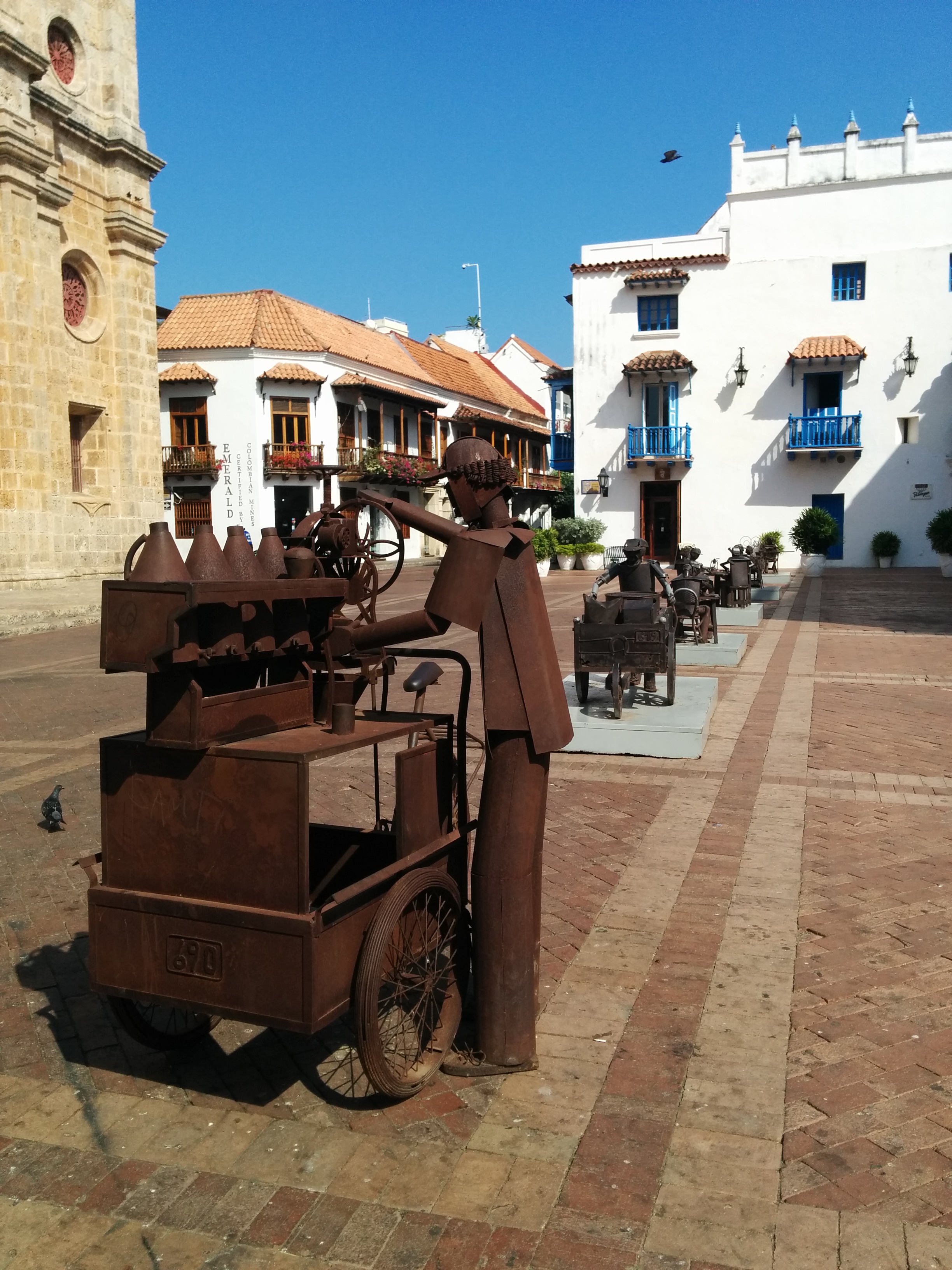
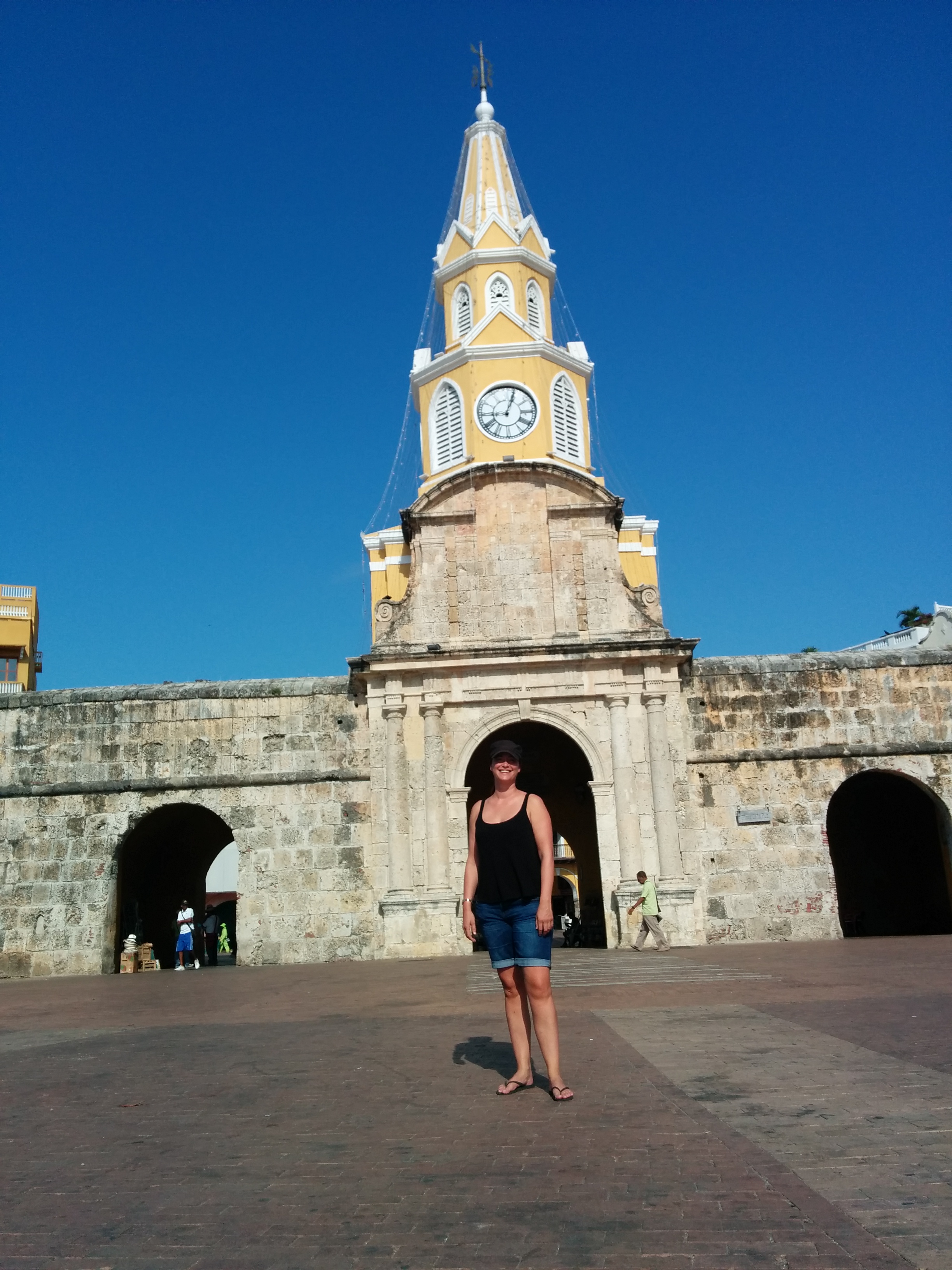
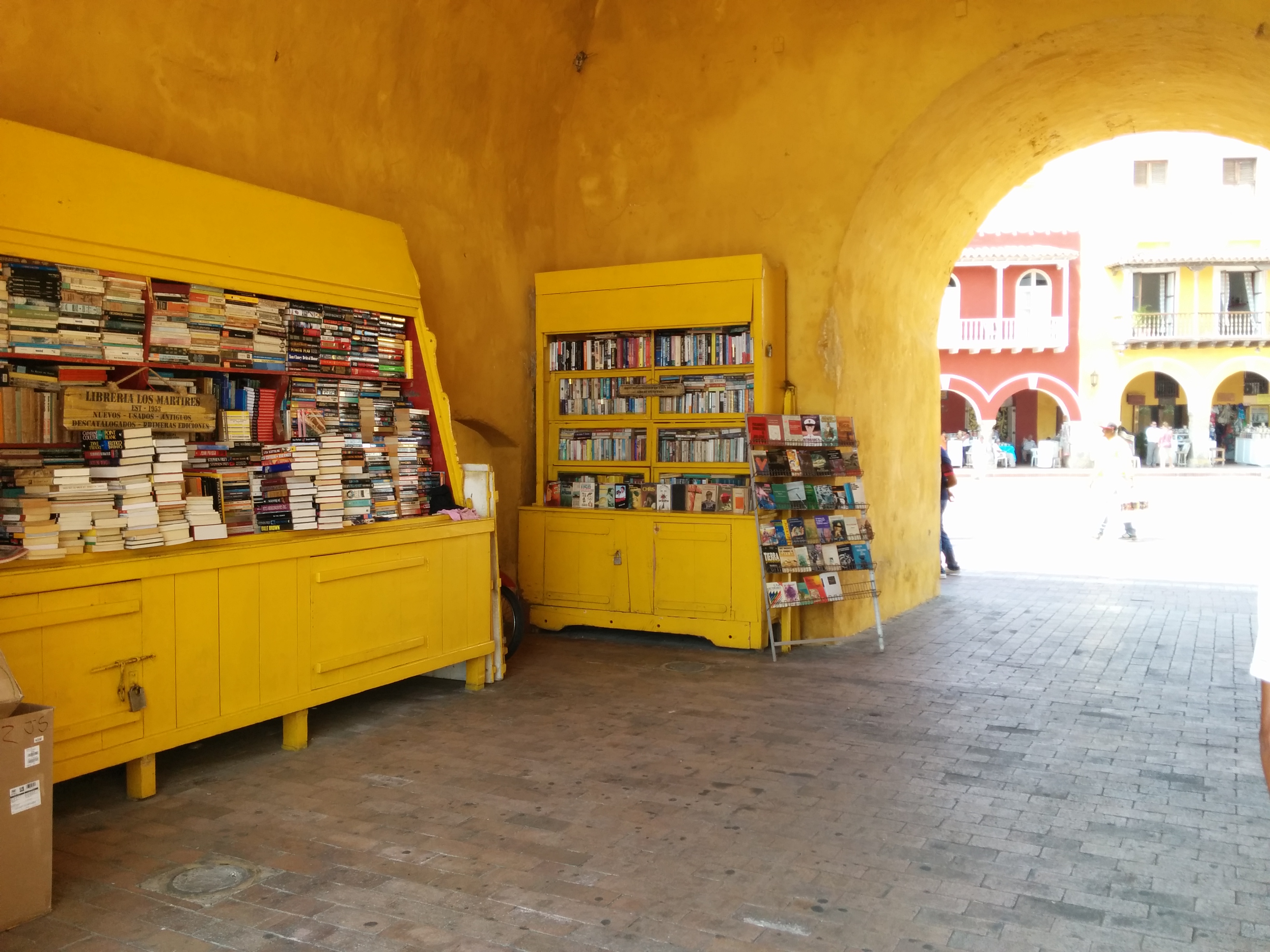
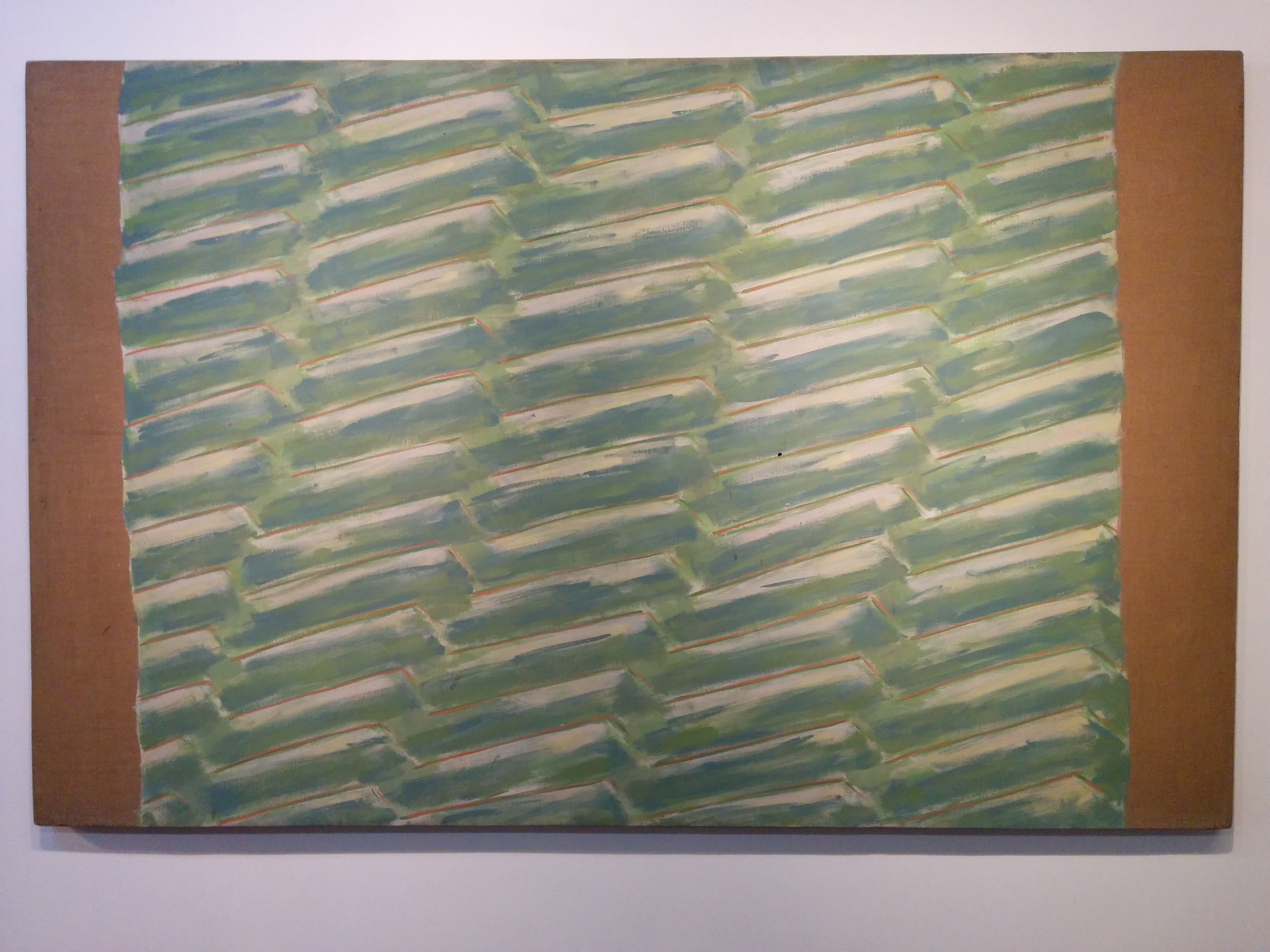
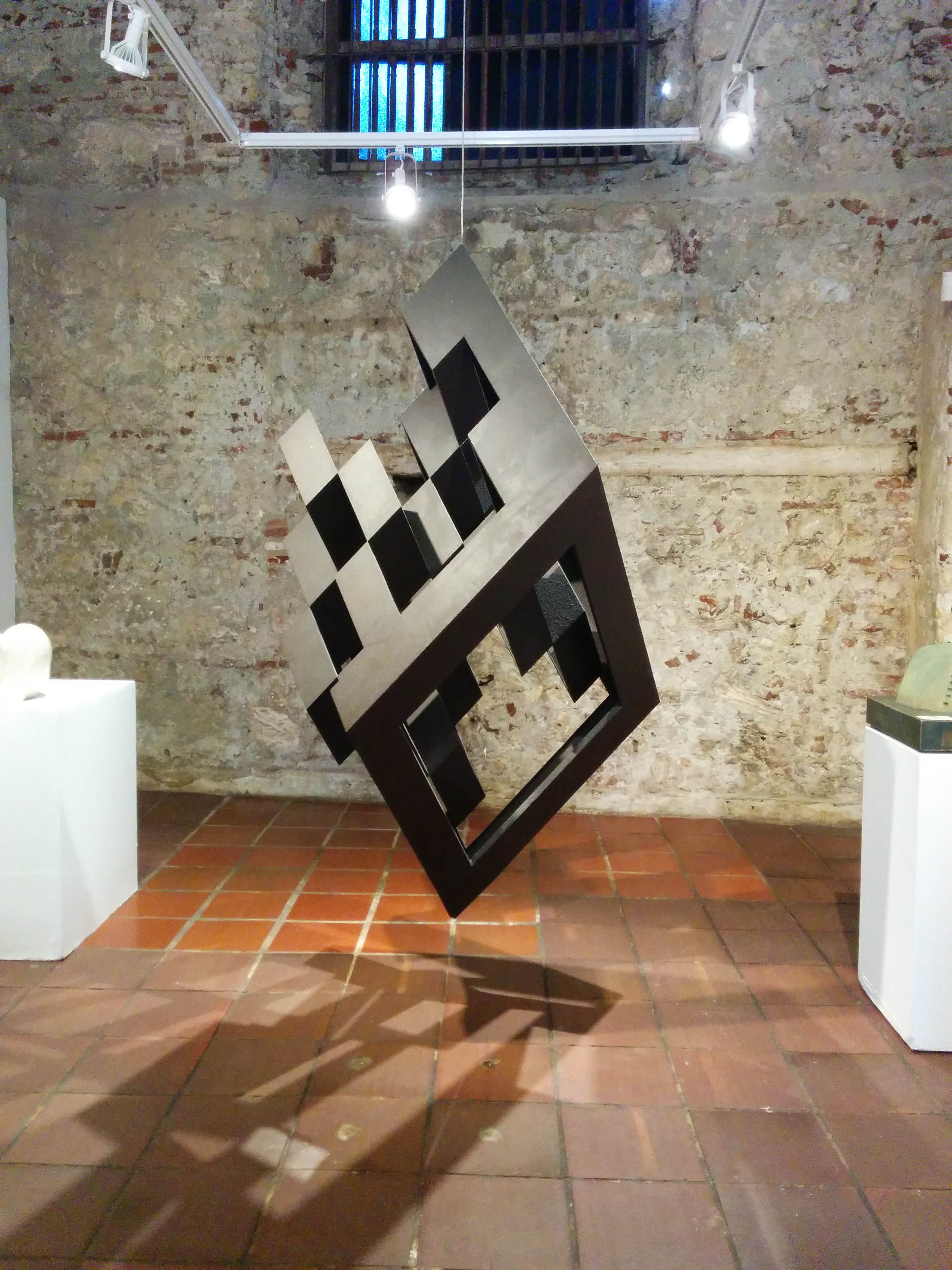

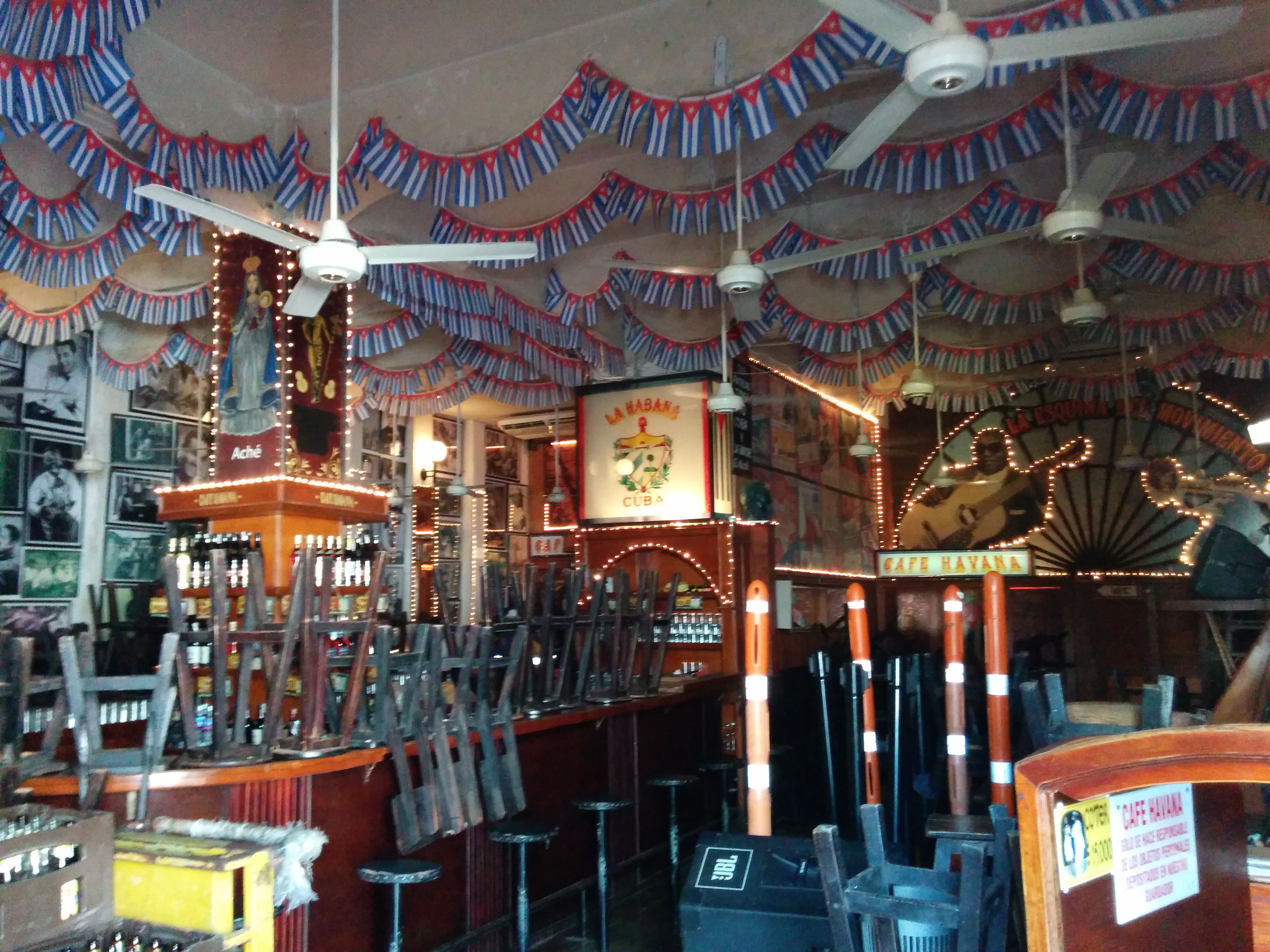
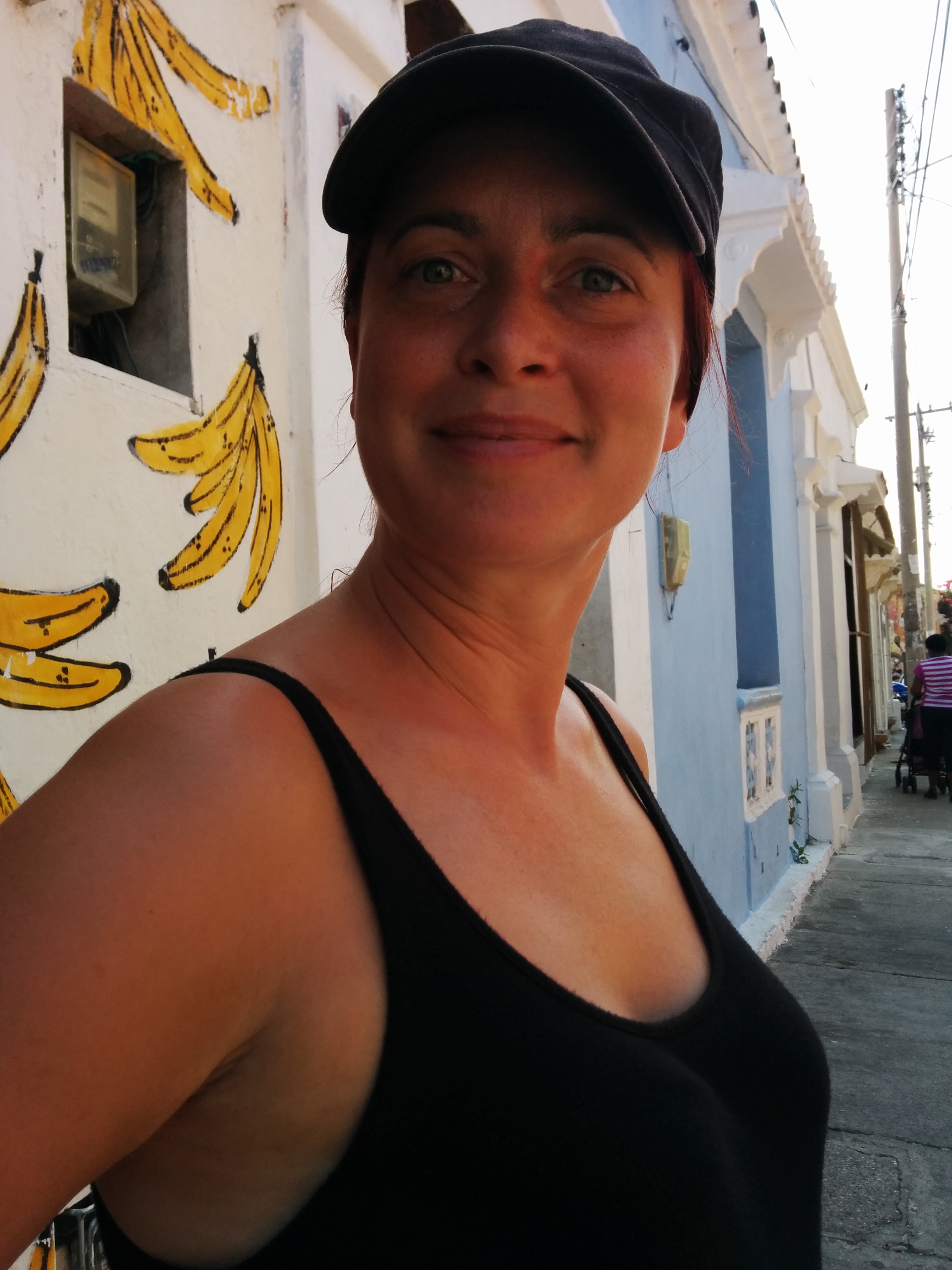
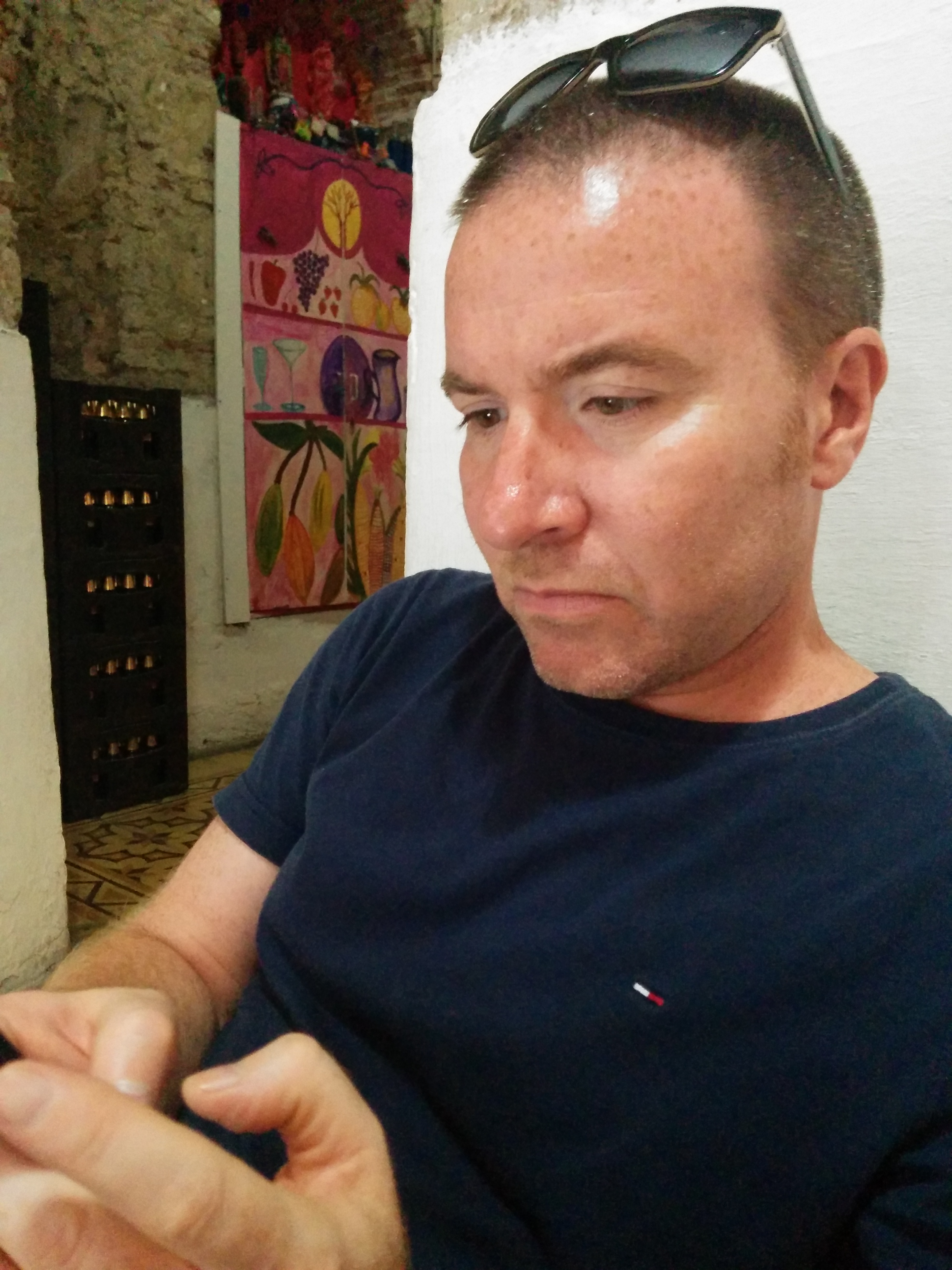

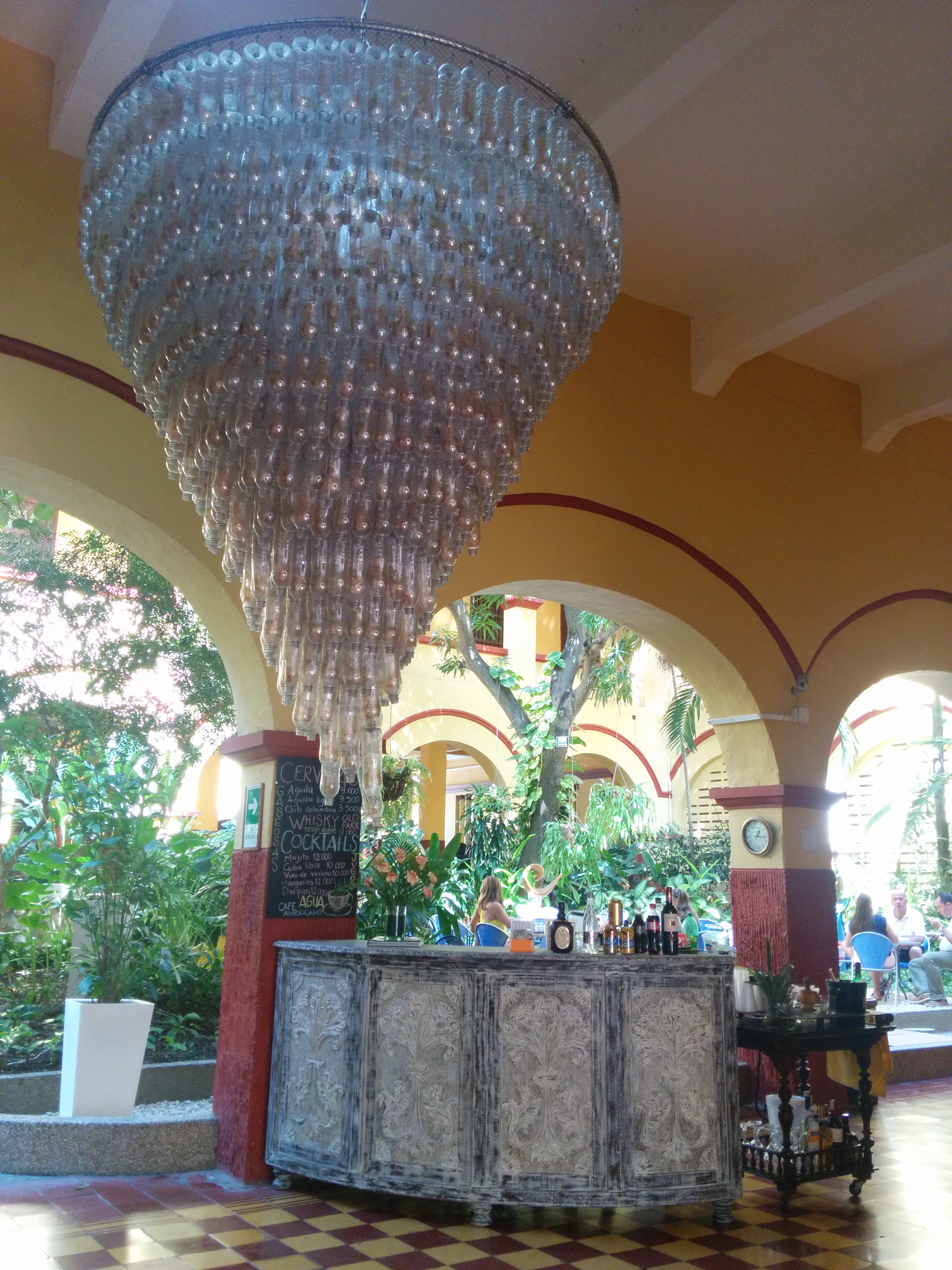
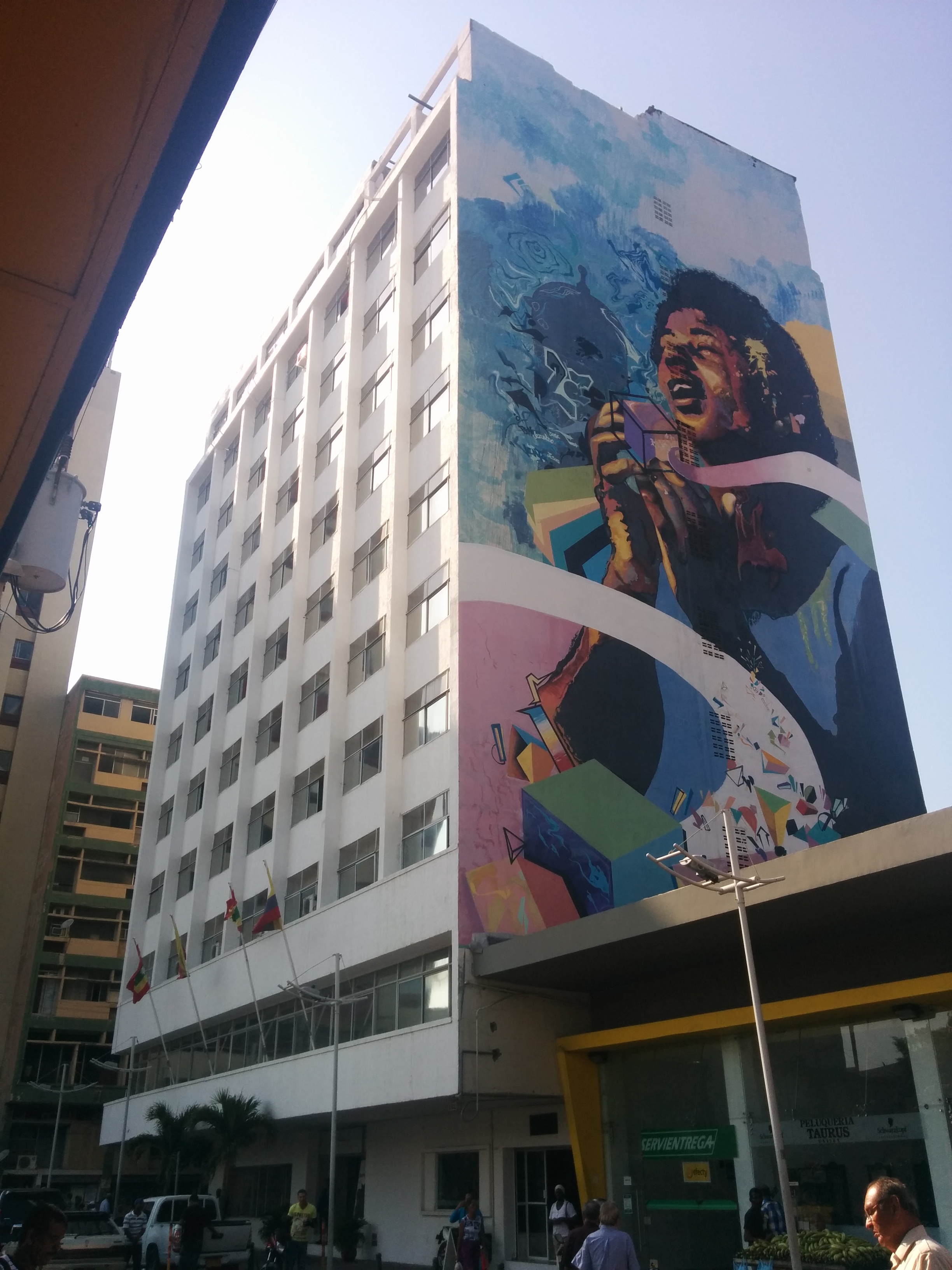

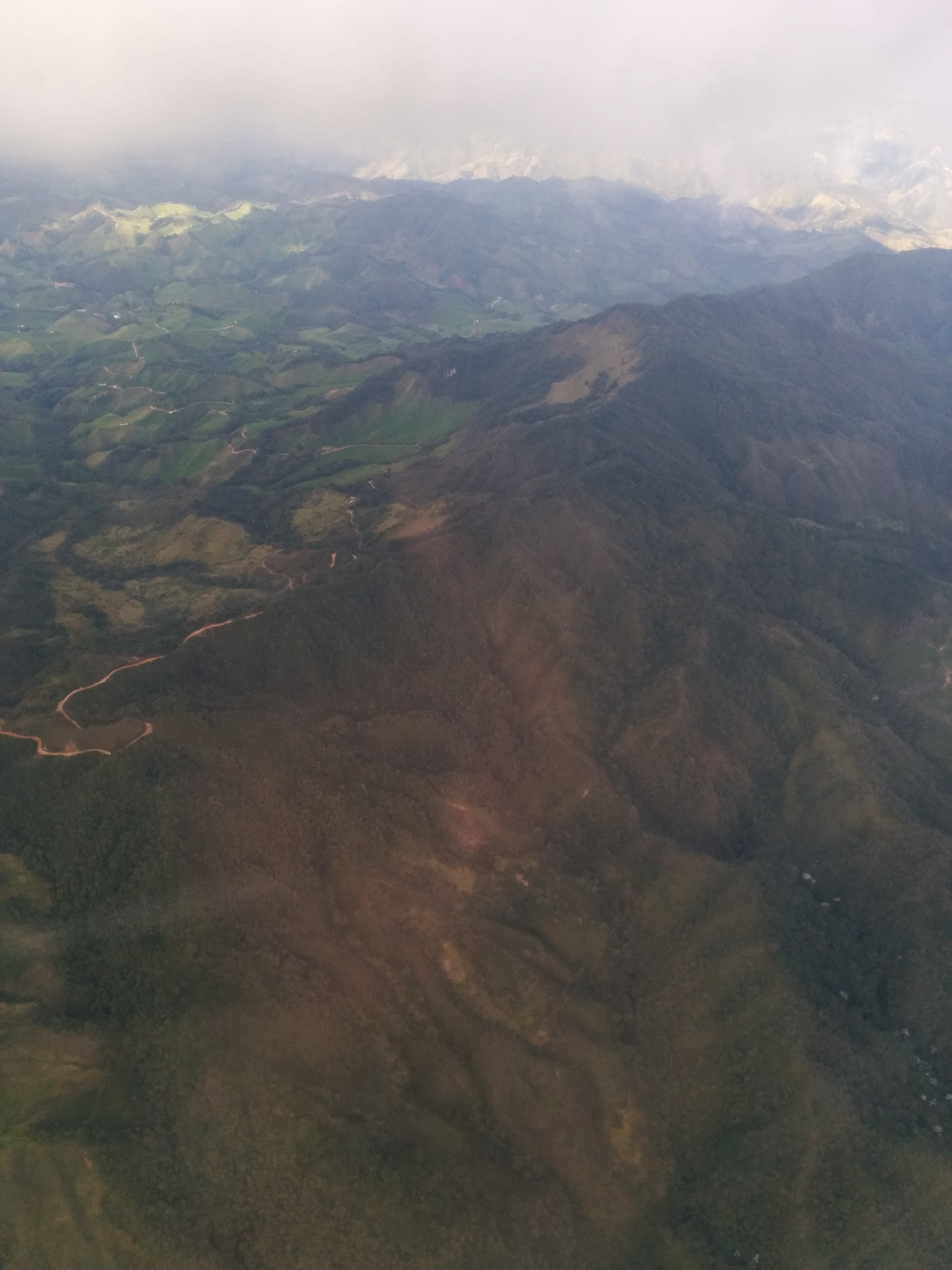
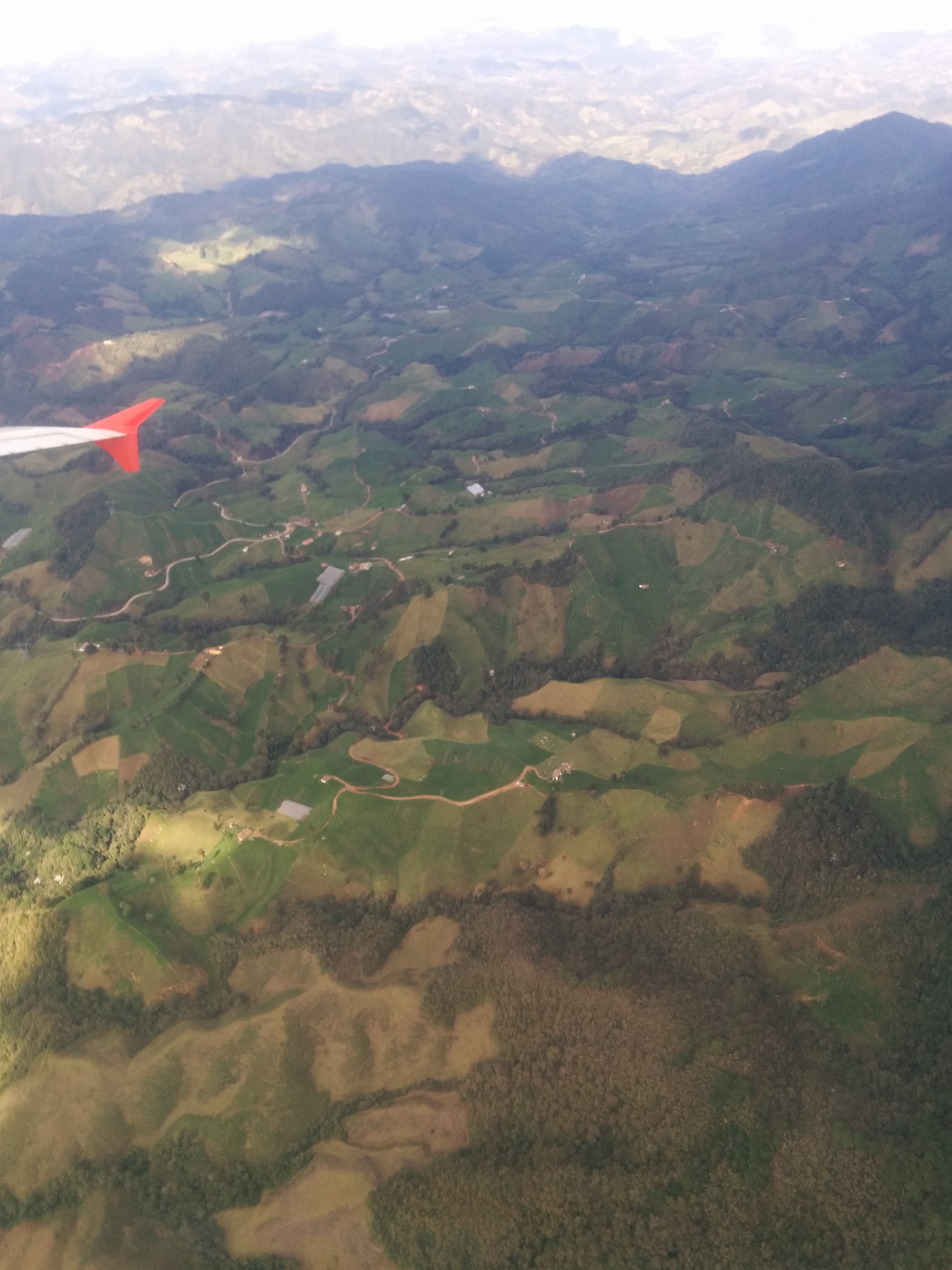
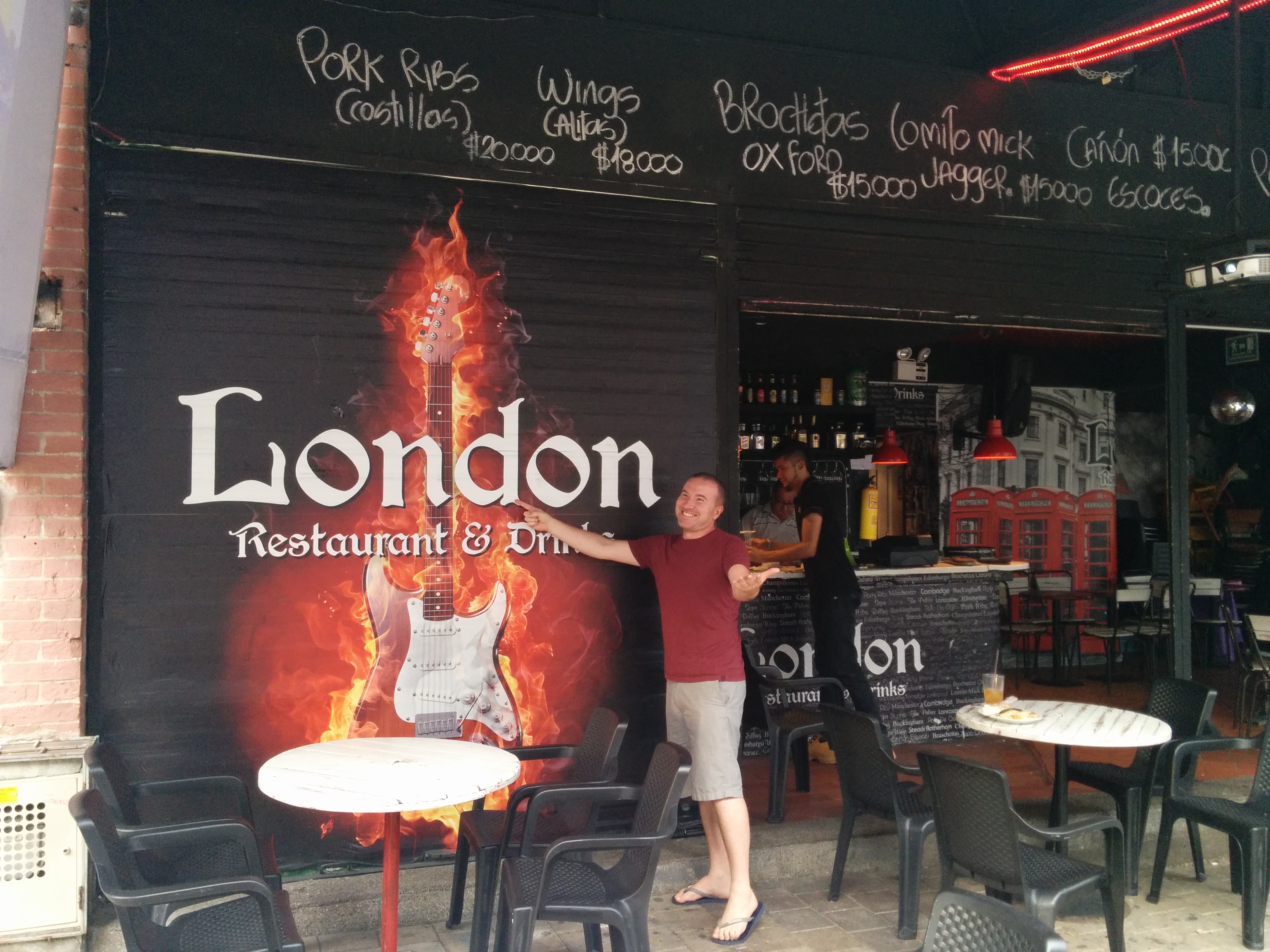
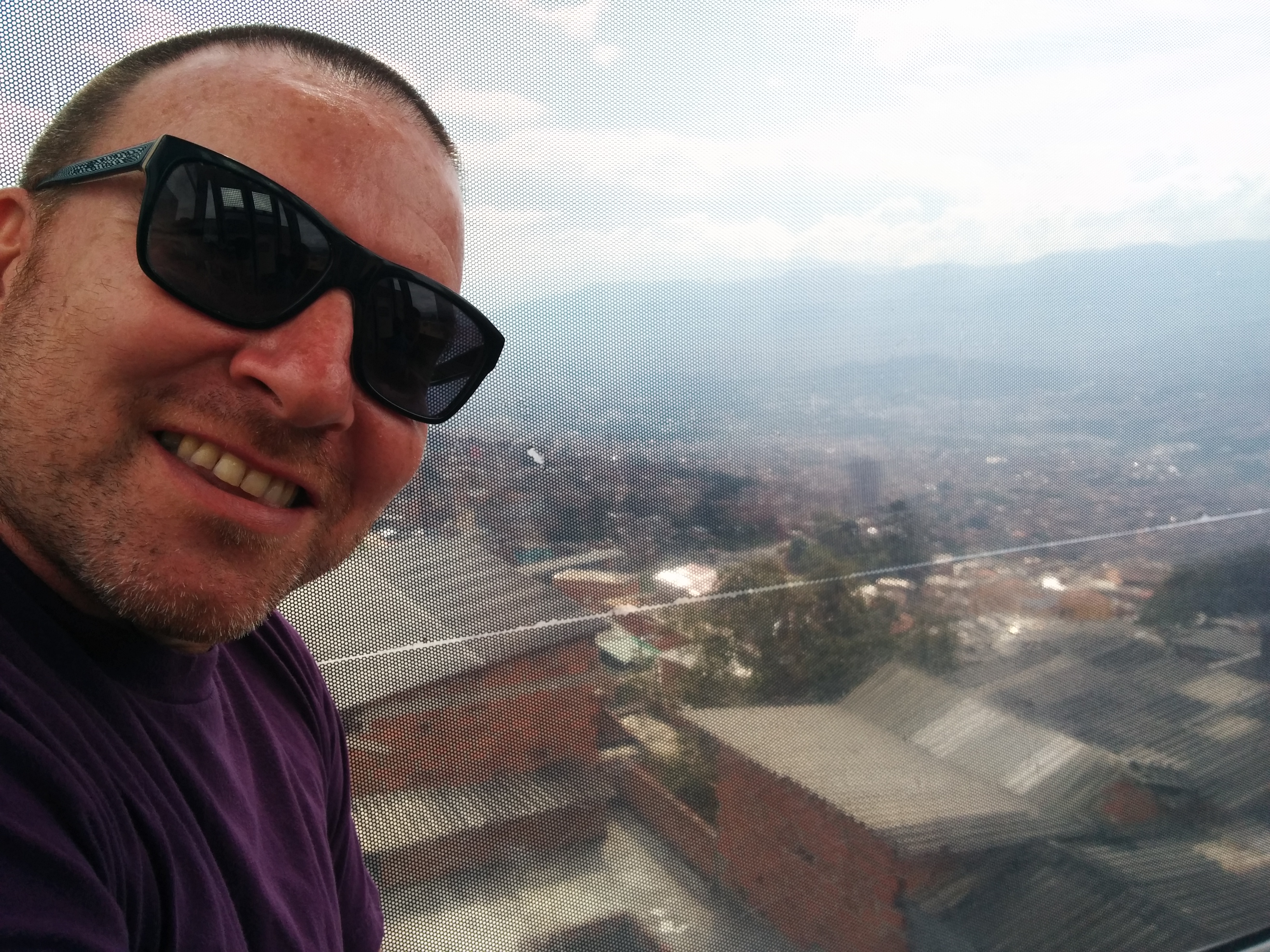
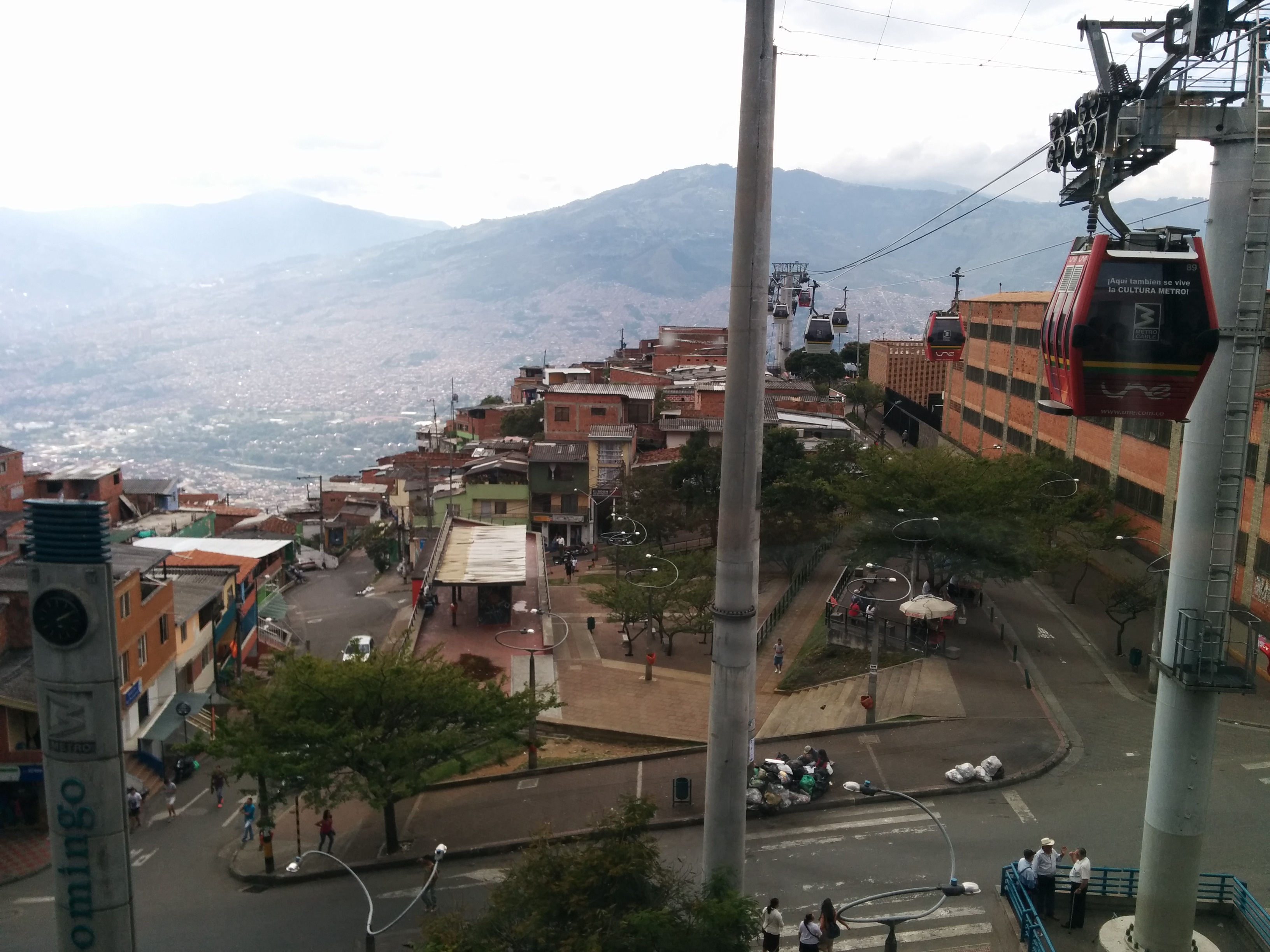
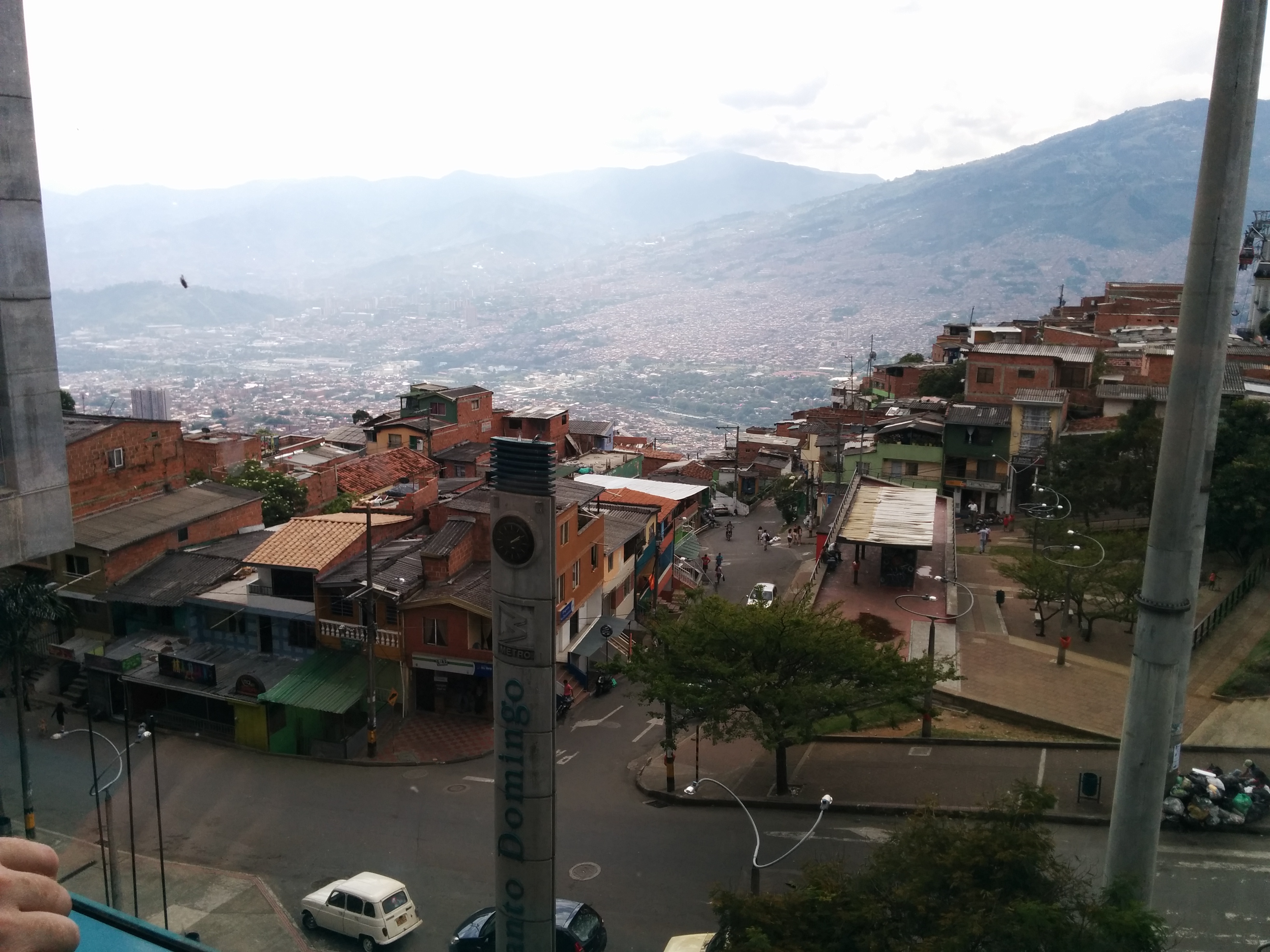

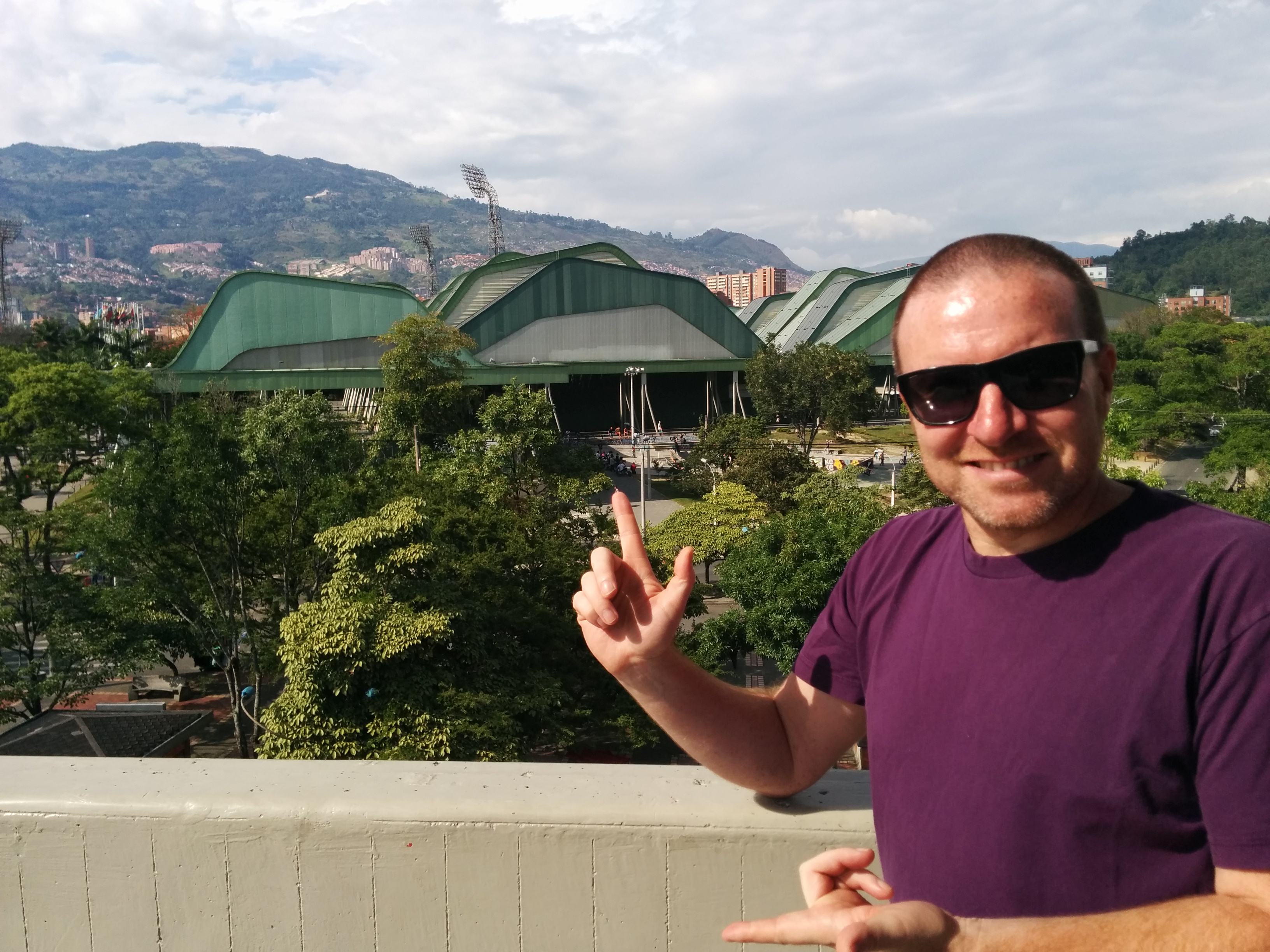

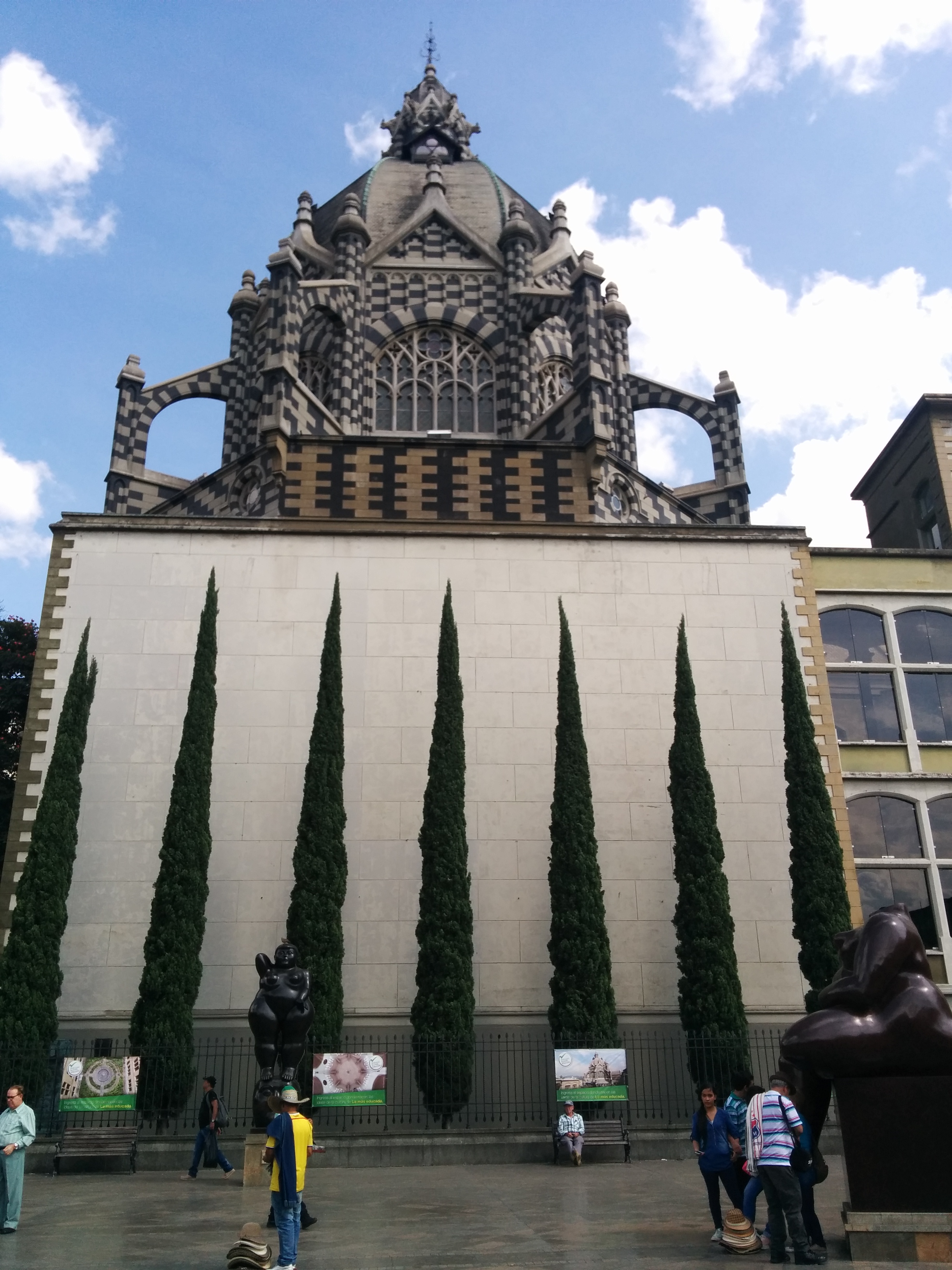
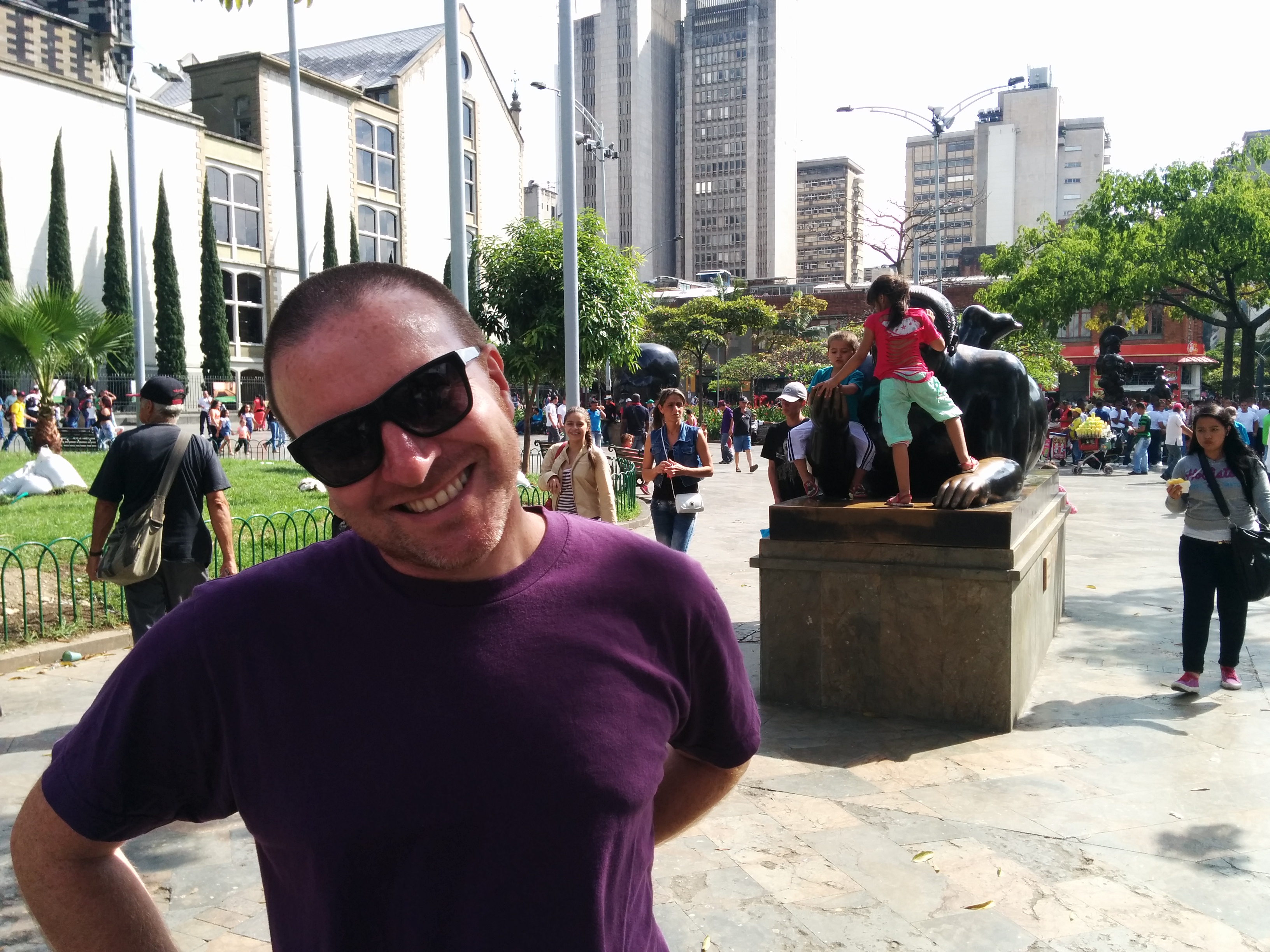
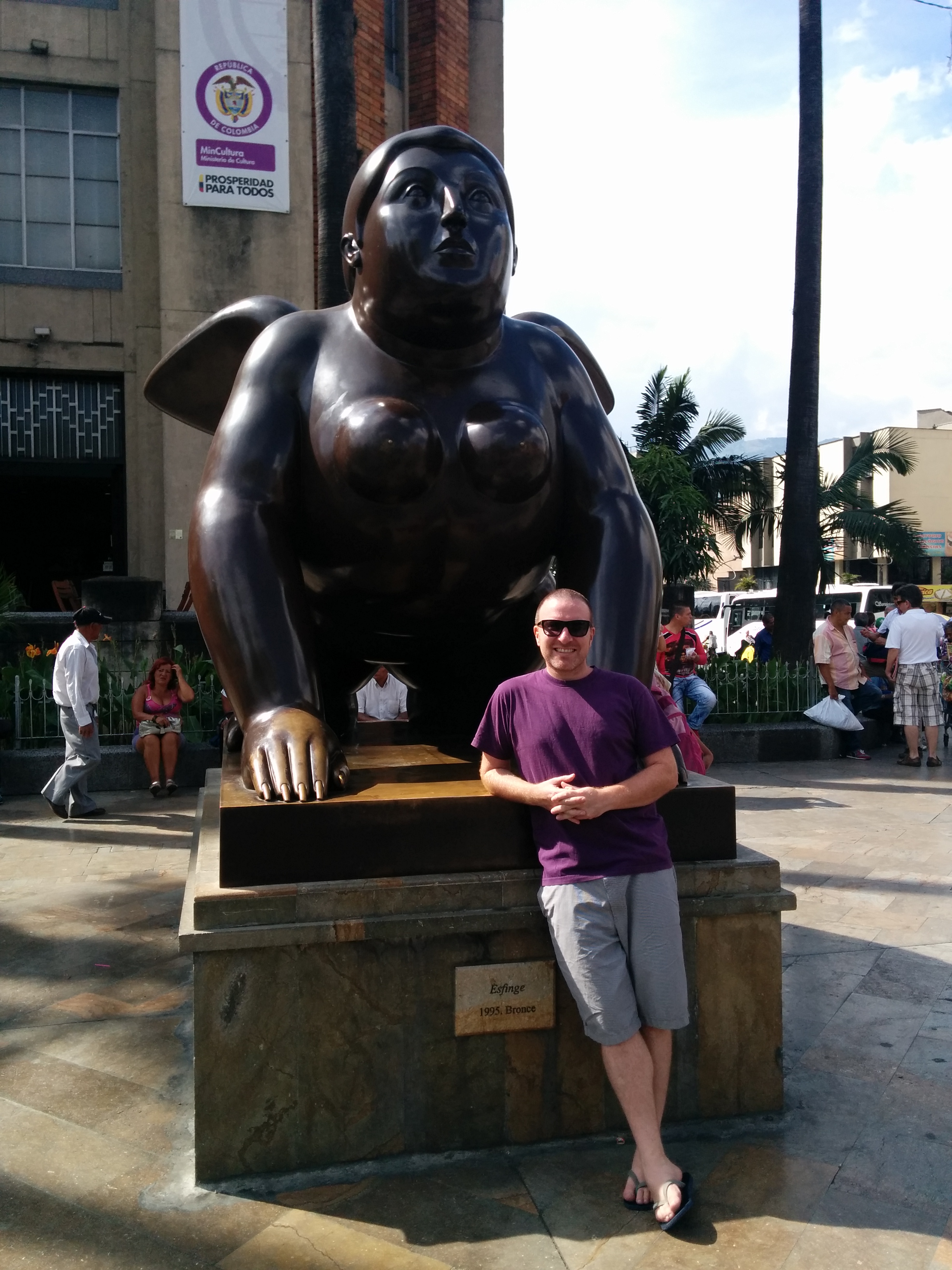
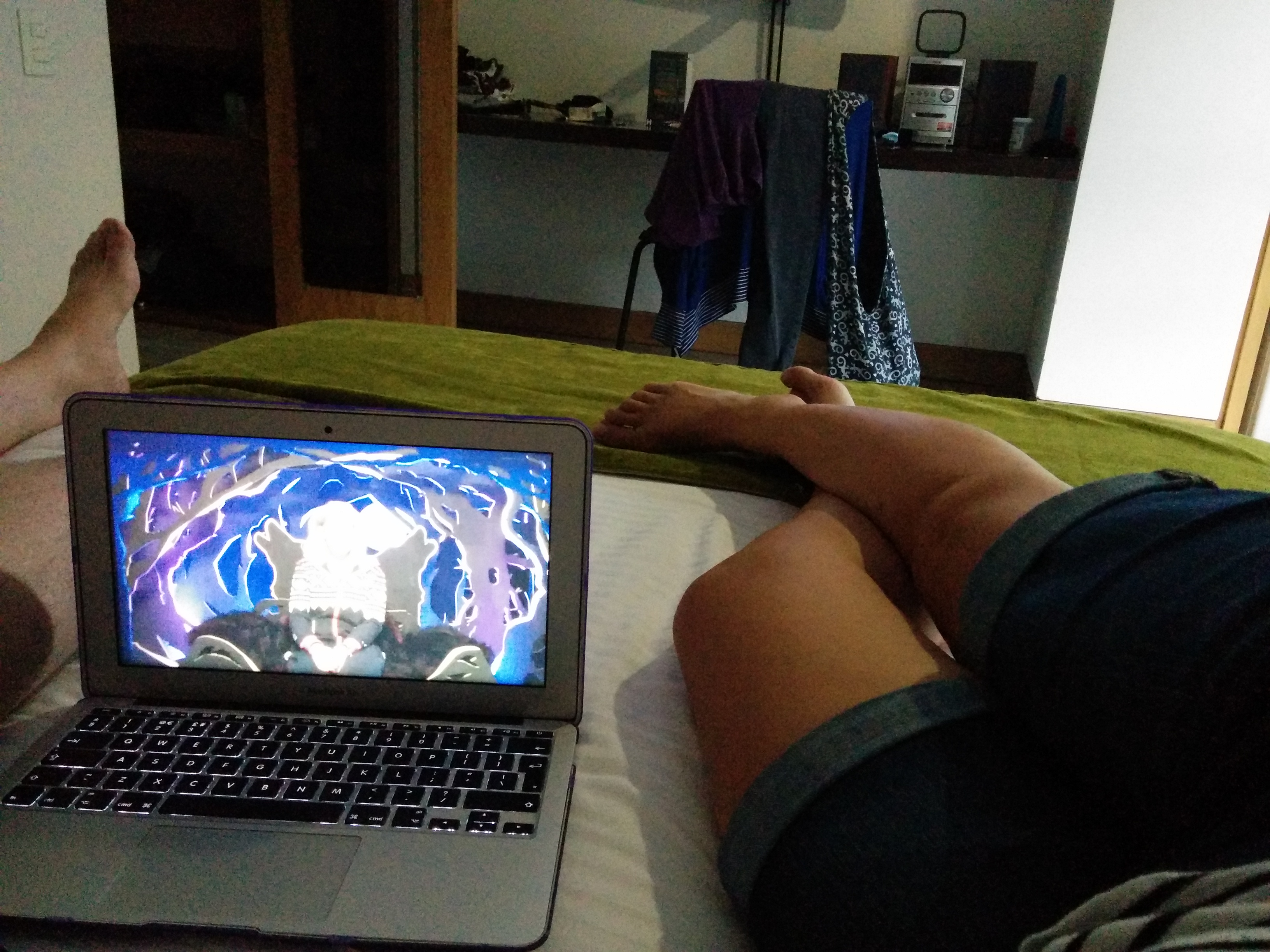







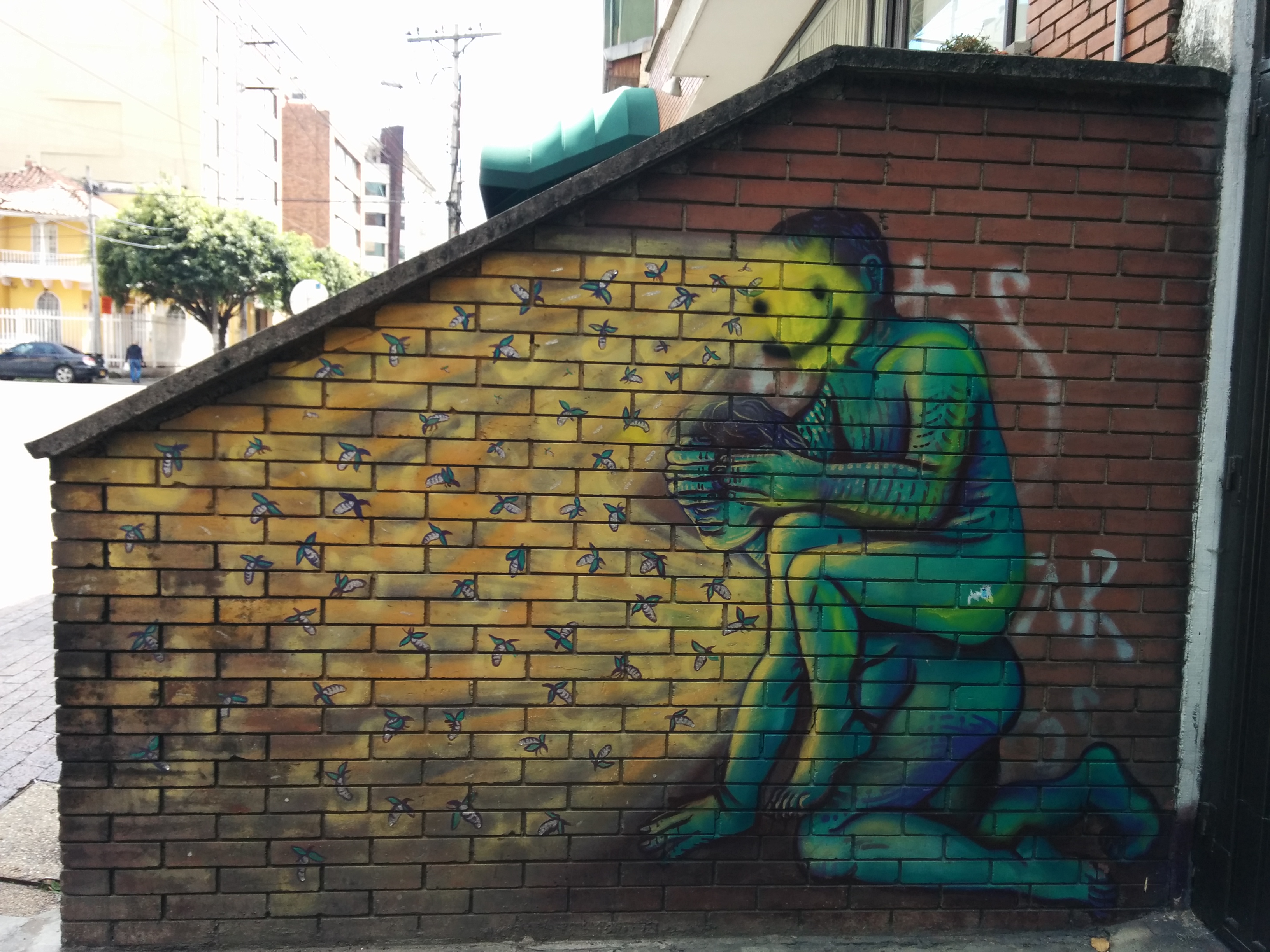


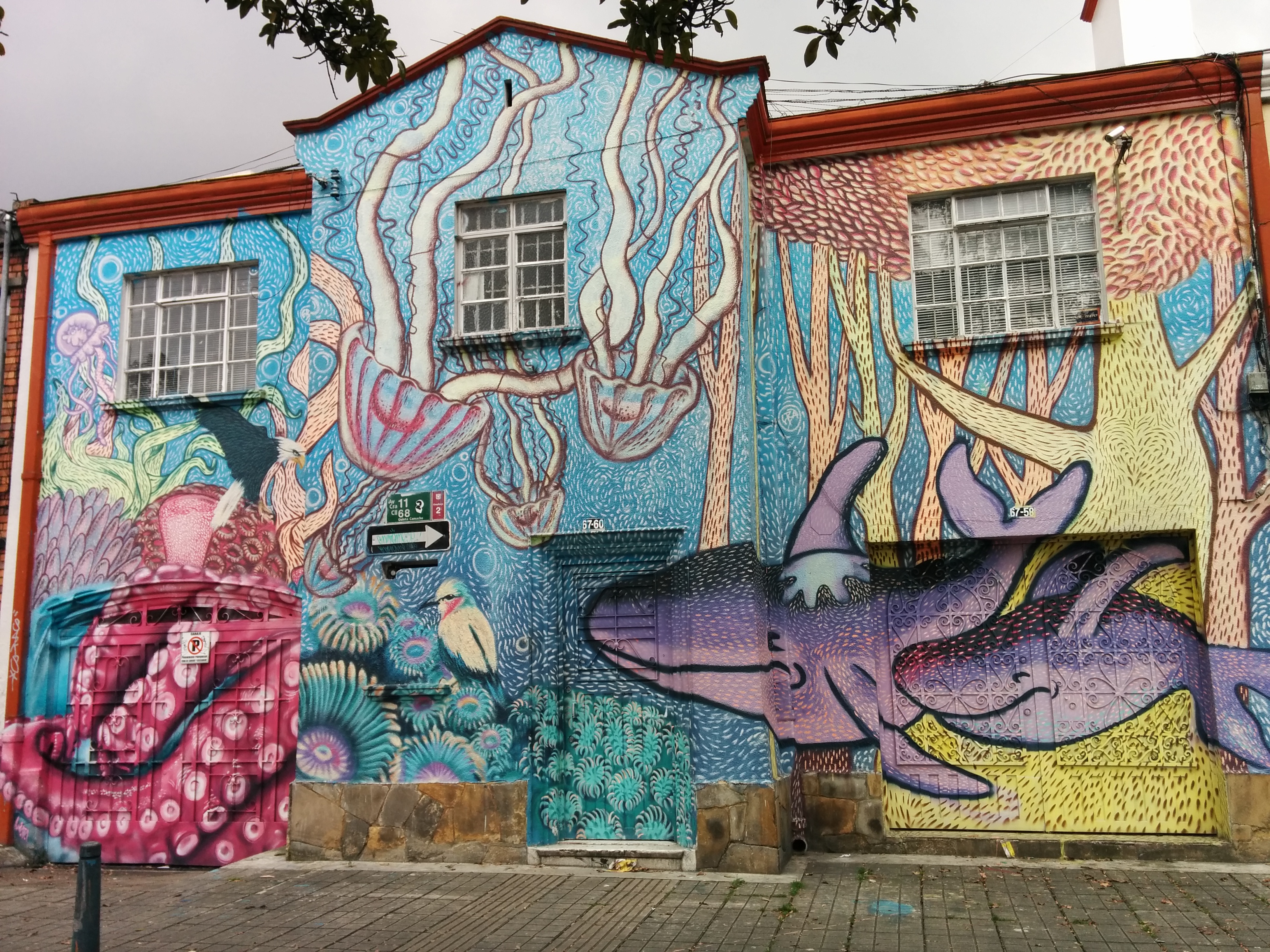



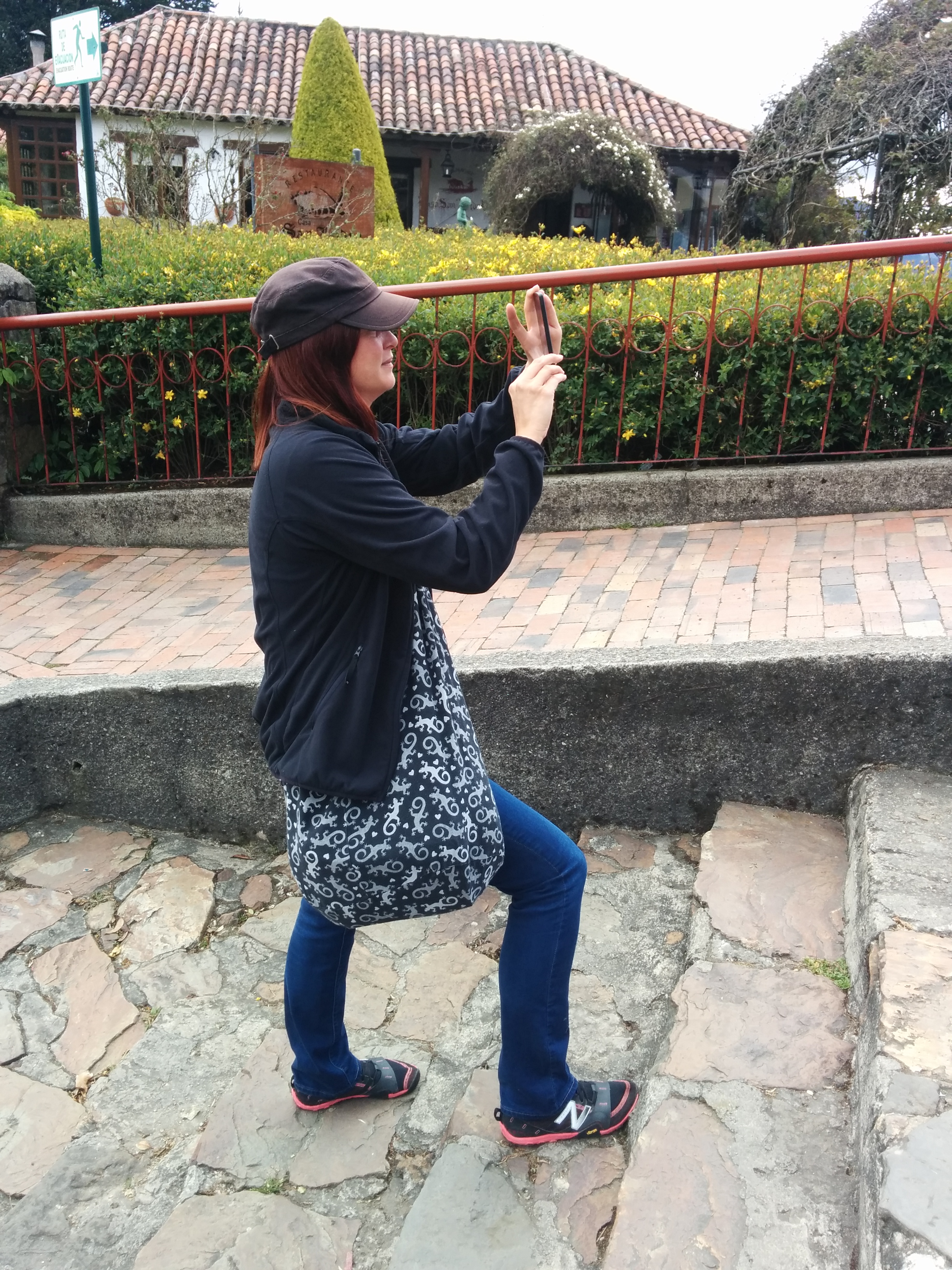



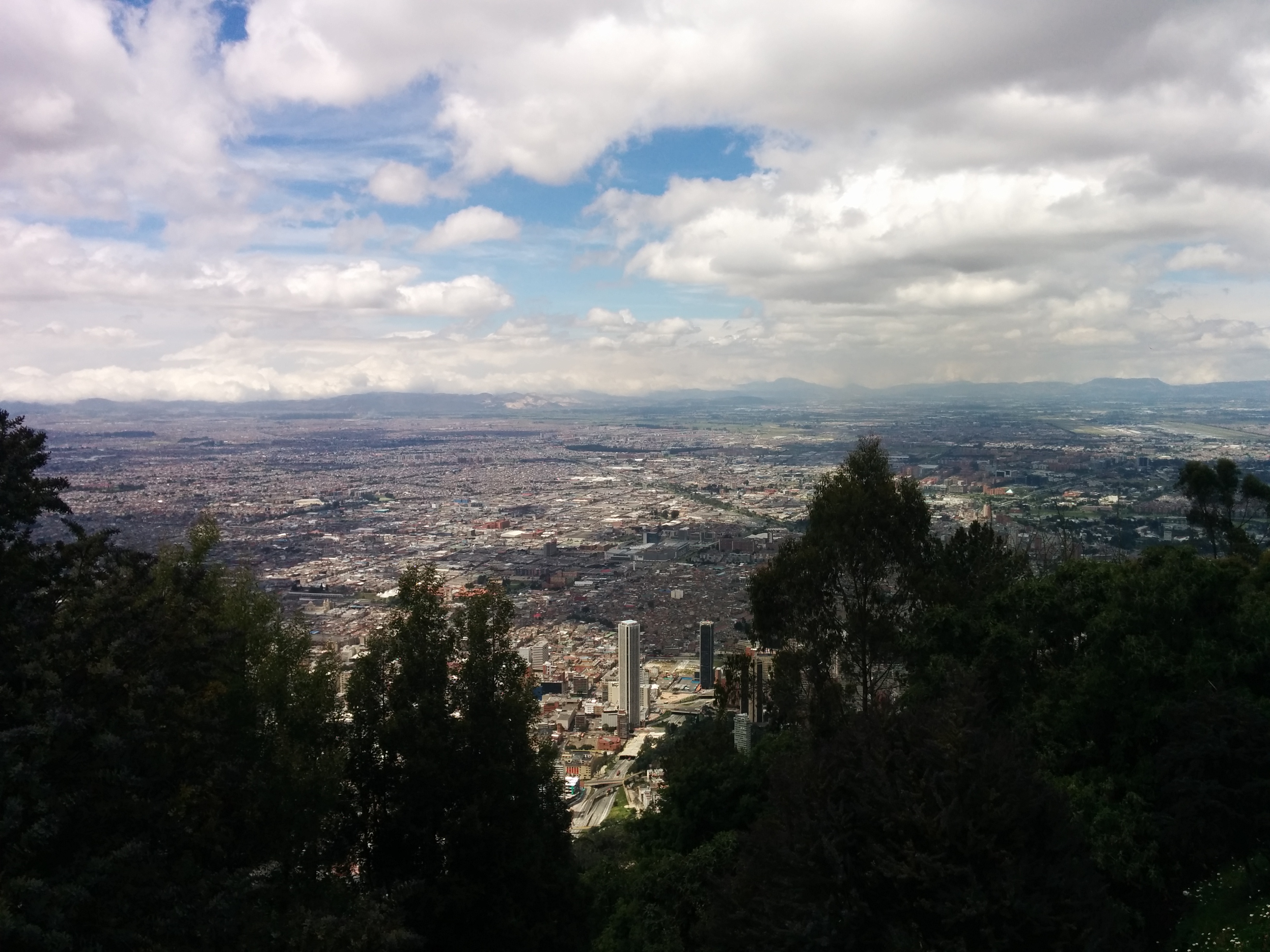


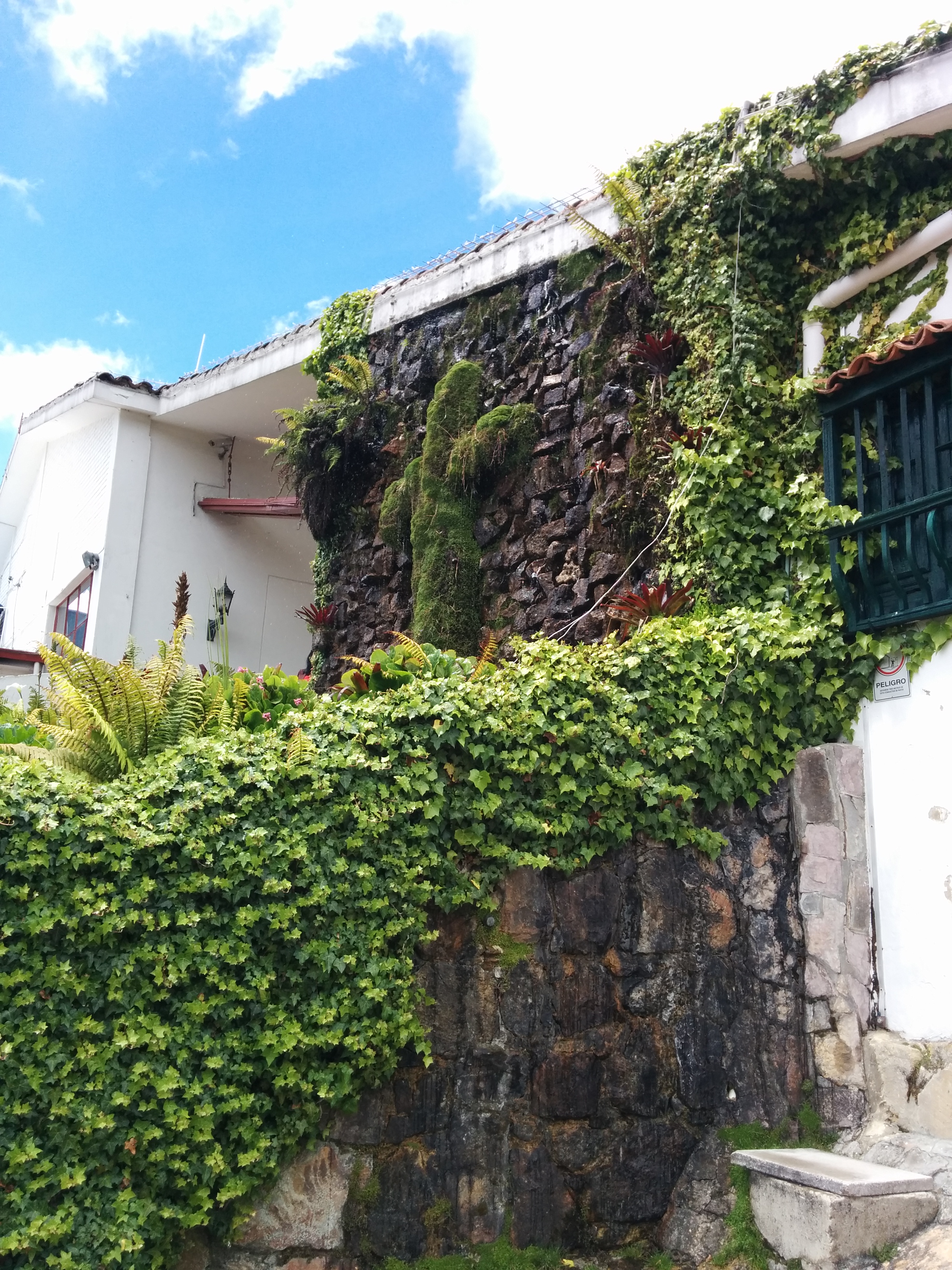



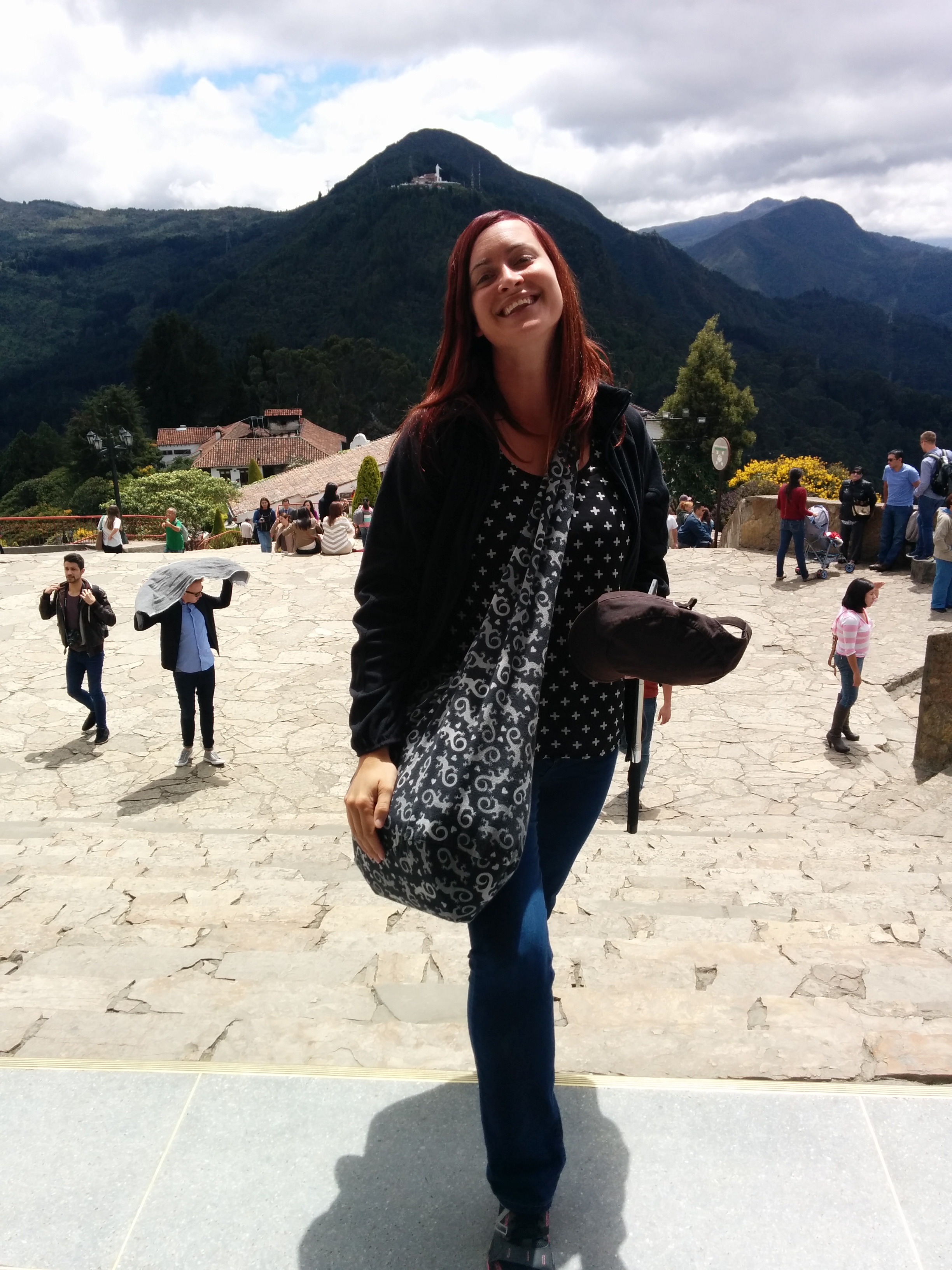

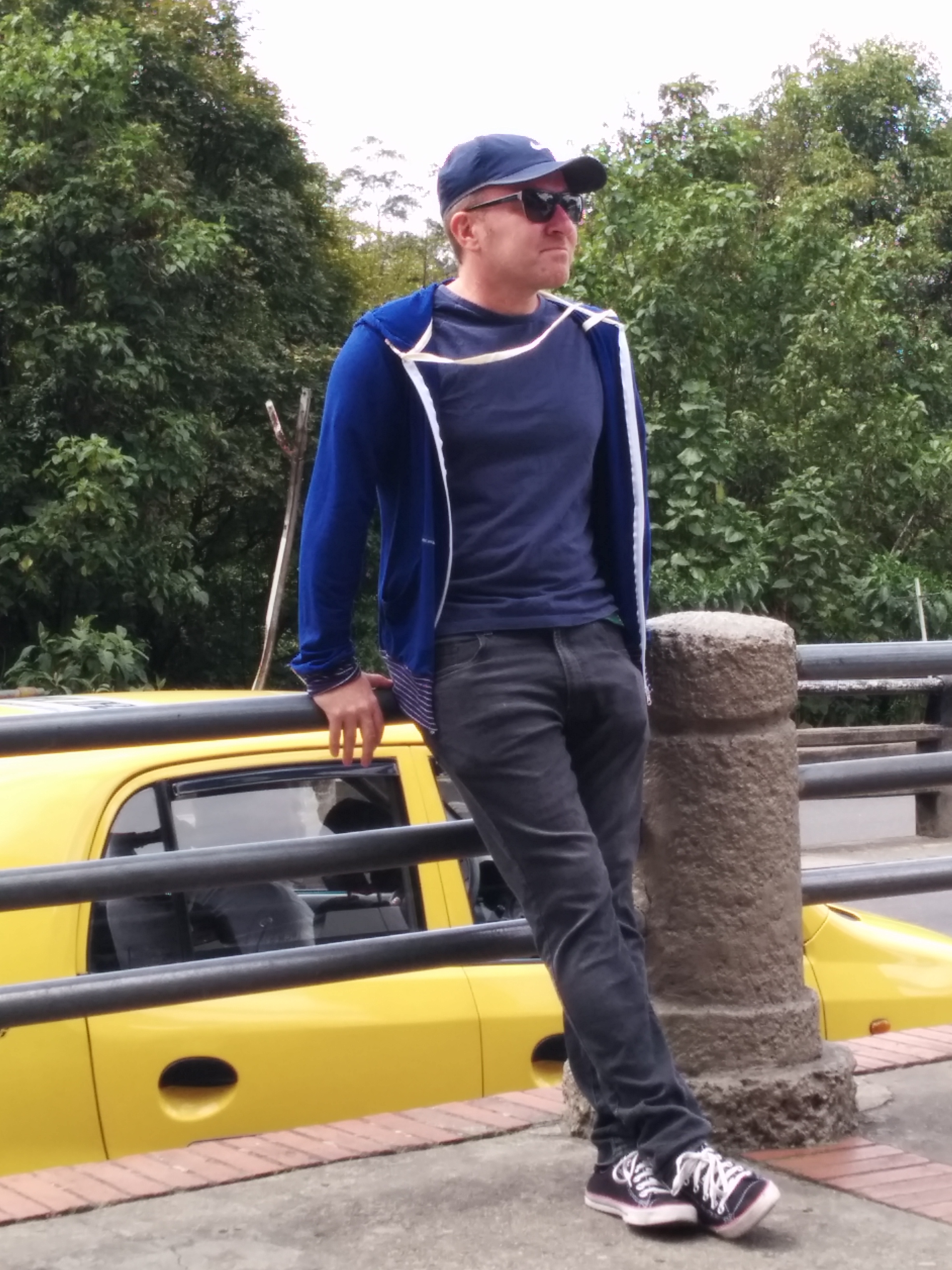
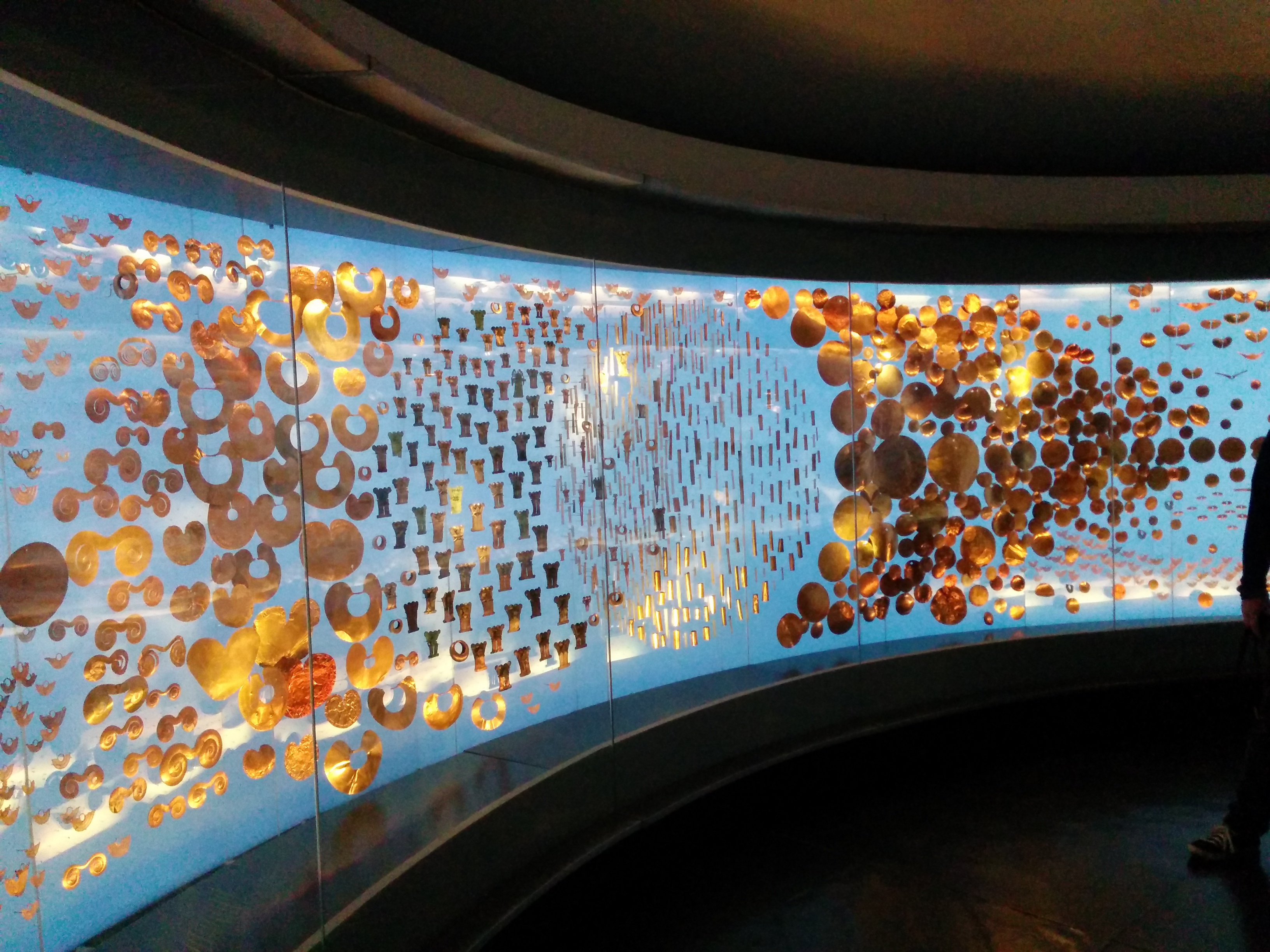



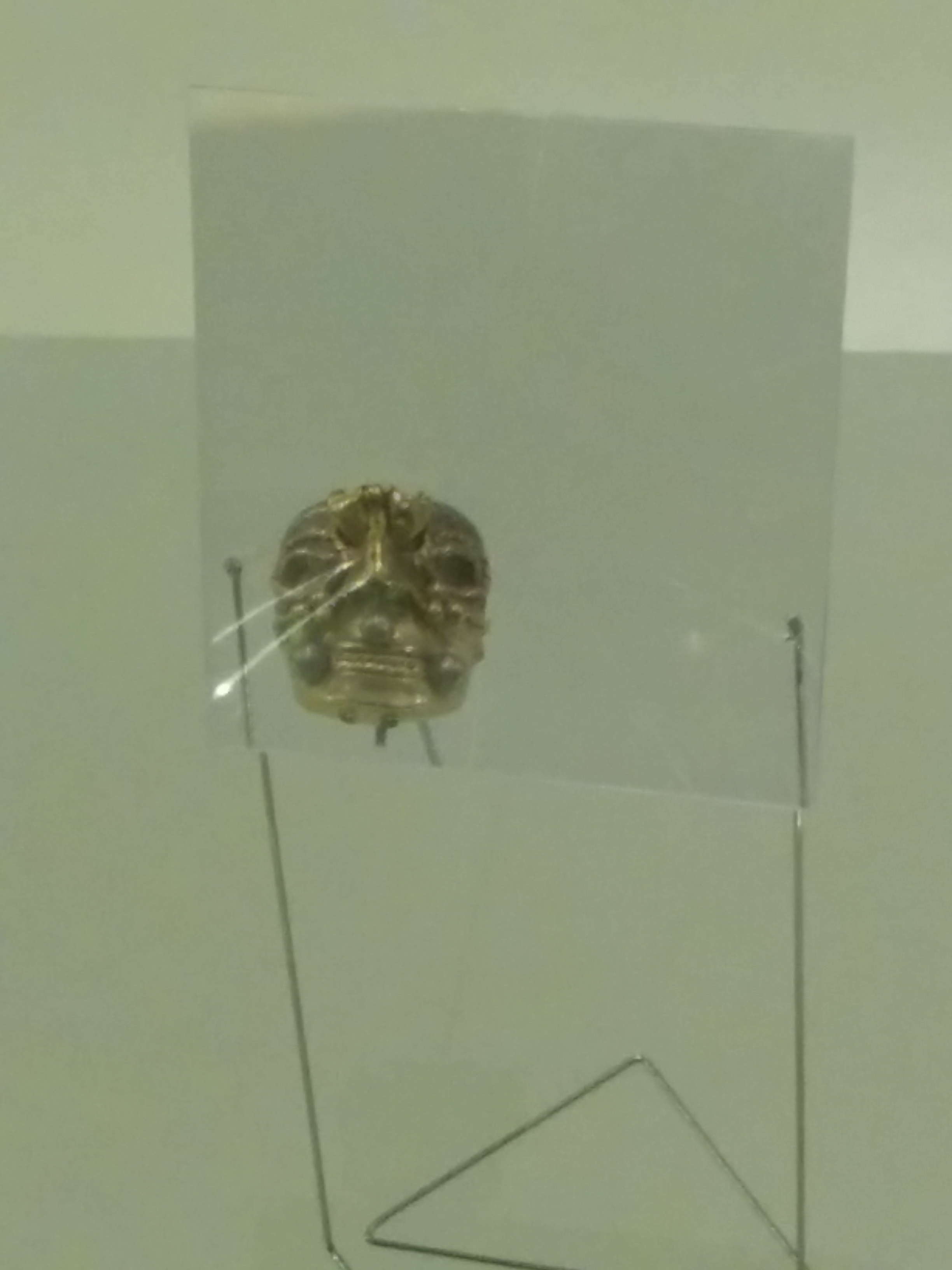



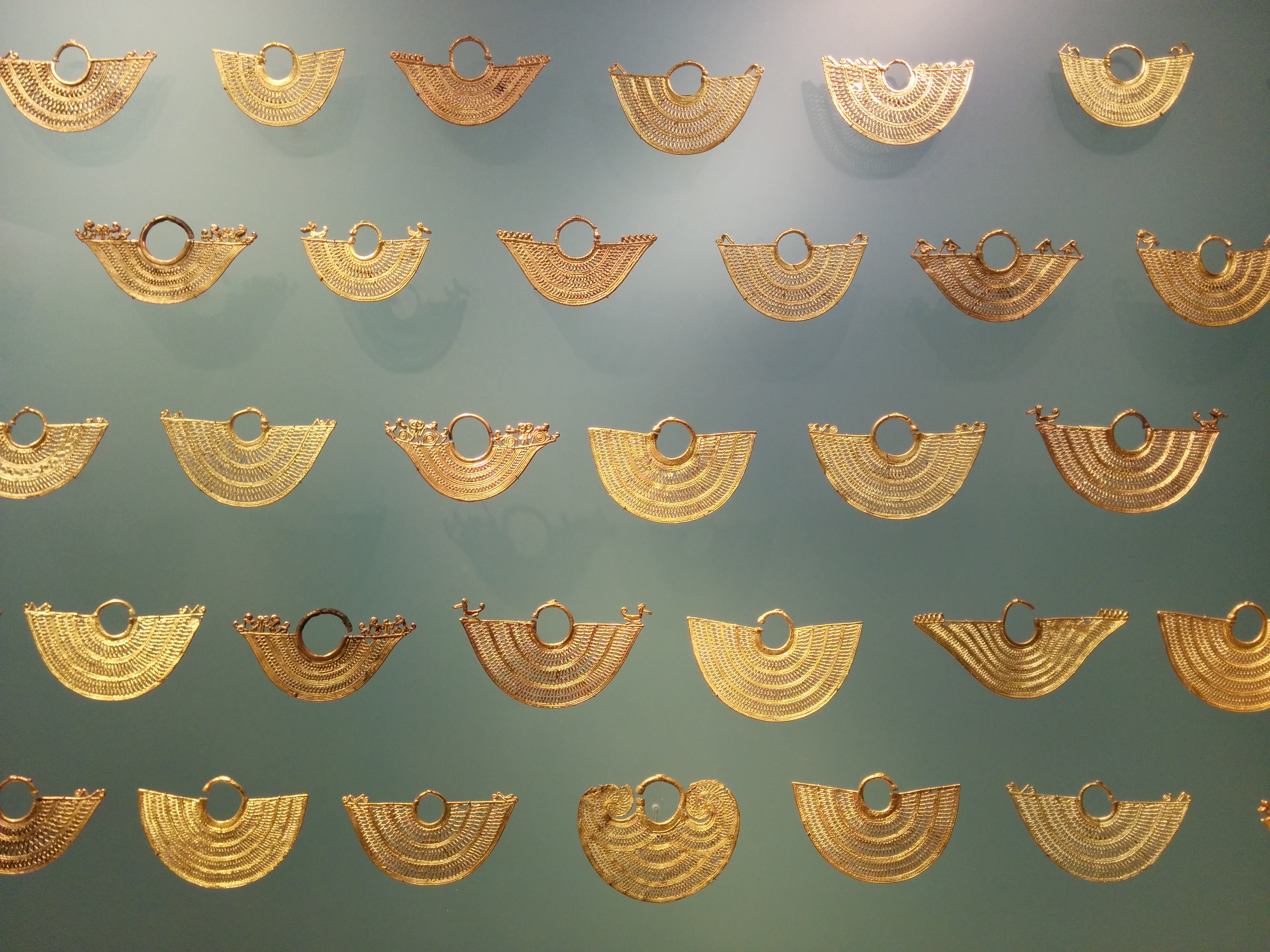
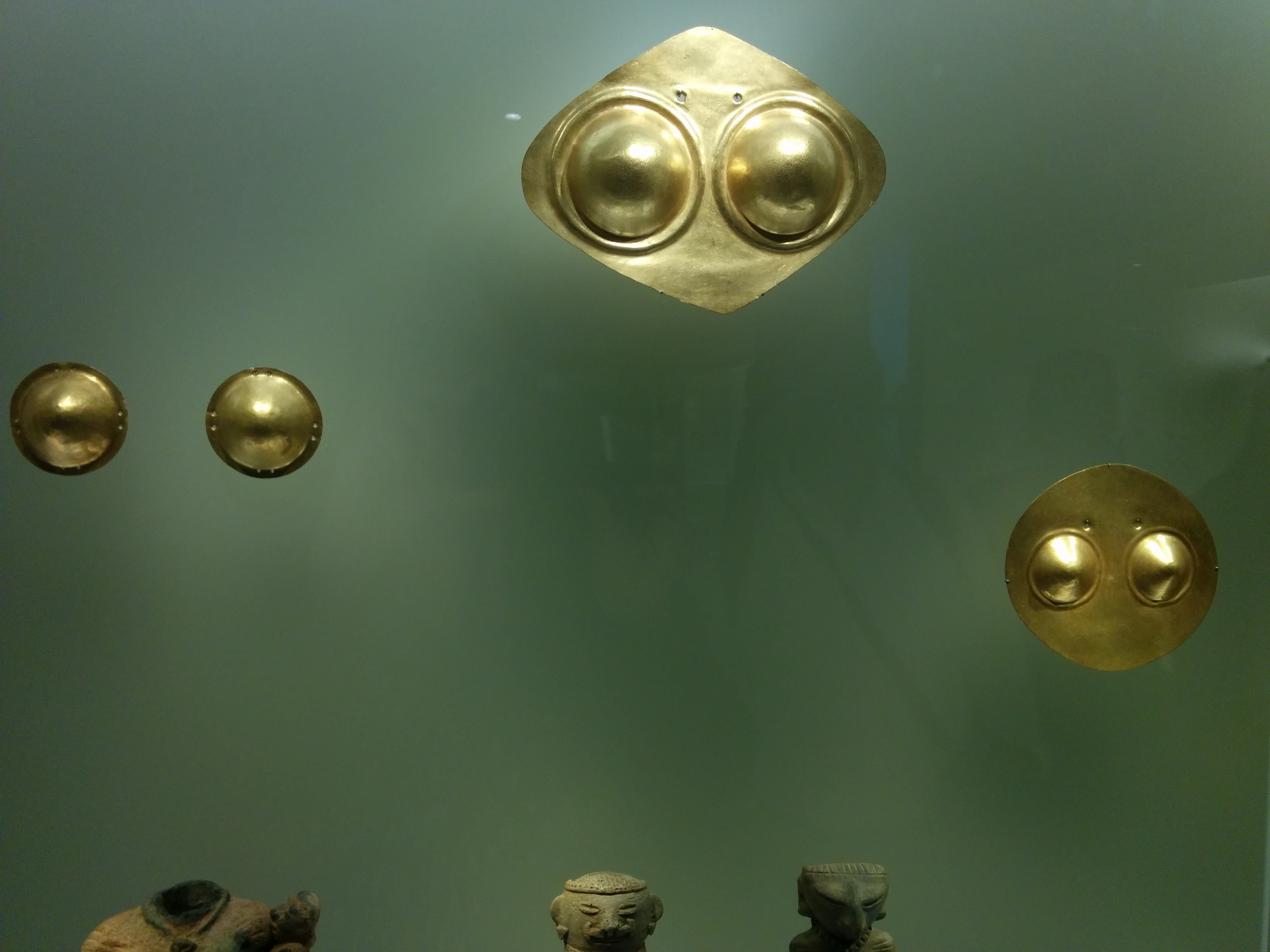



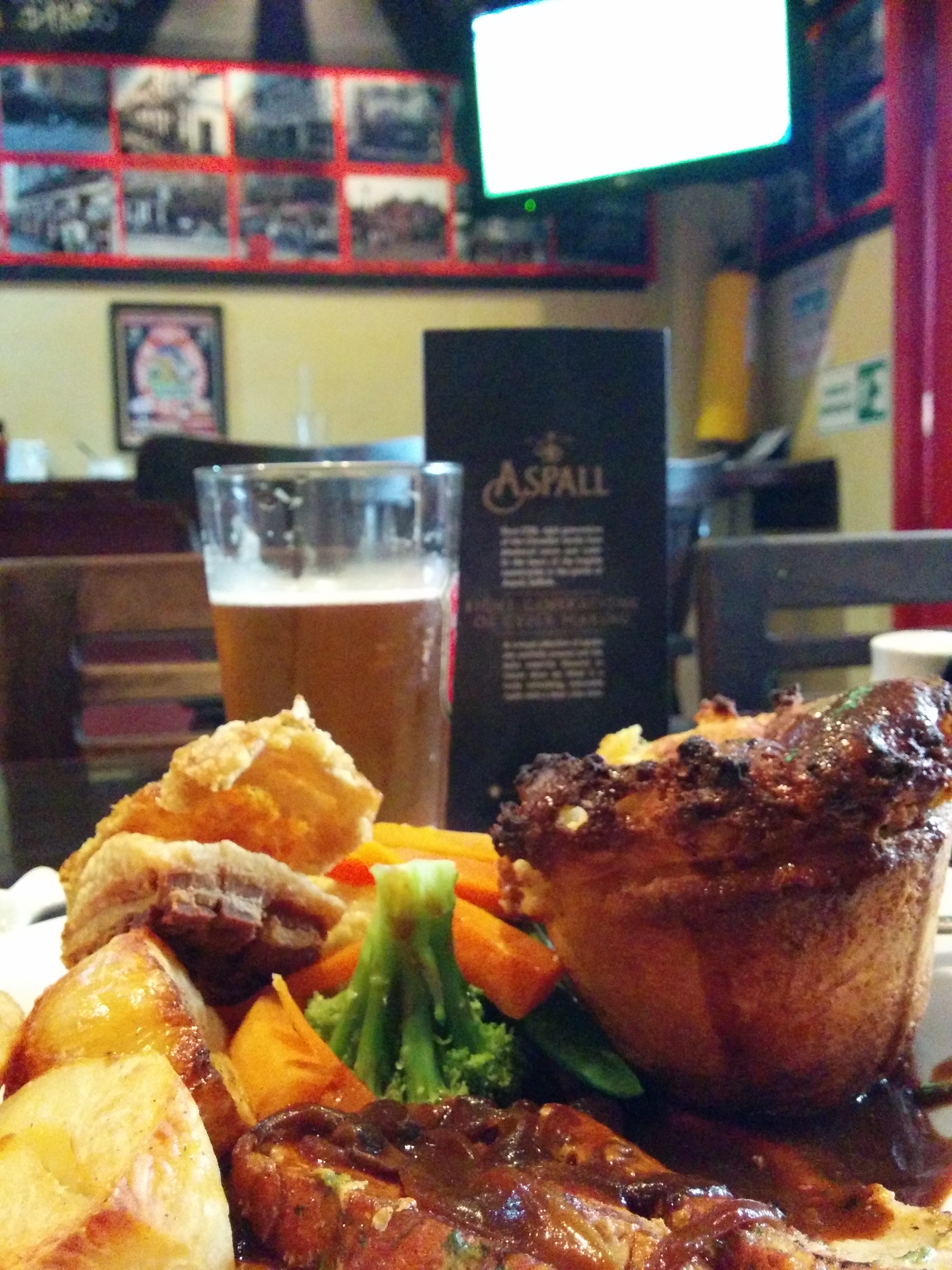

Leave a Reply